Introduction

The Laowa 45mm 0.95 is the latest addition to Laowa’s high speed Argus line up and thereby follows the footsteps of the record breaking 35mm 0.95. A maximum aperture of f/0.95 is always exciting whereas a focal length of 45mm is a rather rare bird. Let’s see what the differences between these two lenses are and who this 45mm is for!
Sample Images
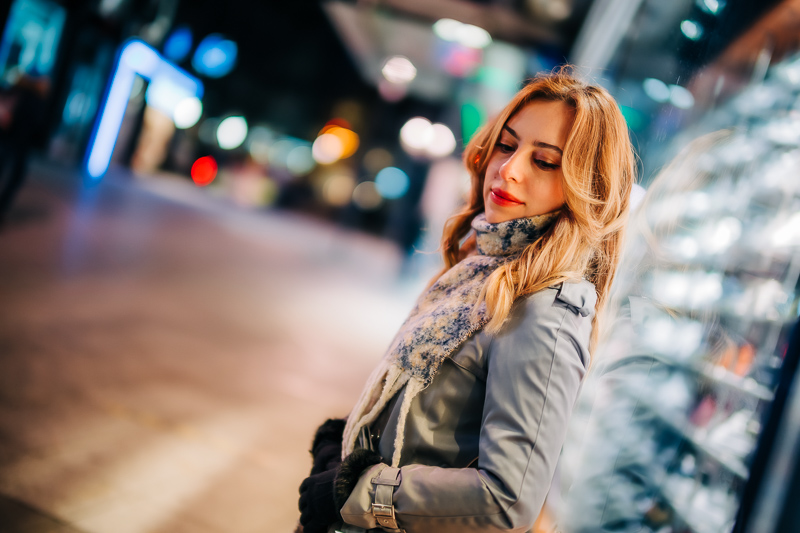
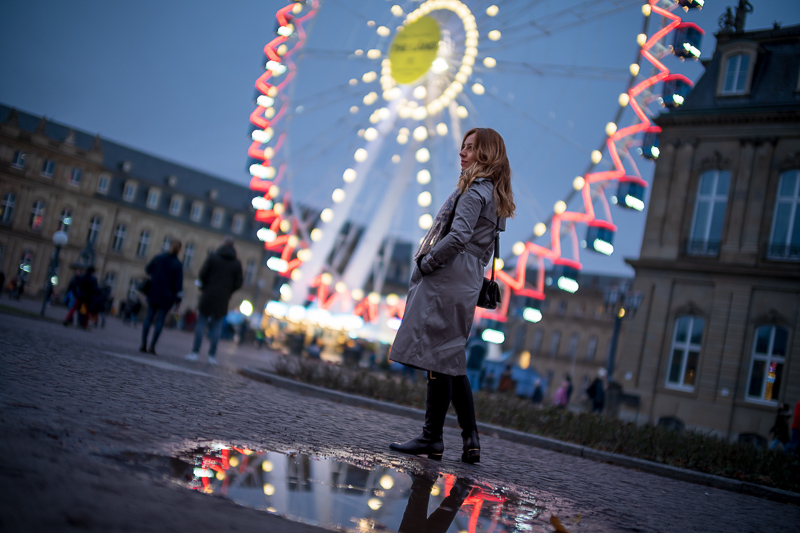
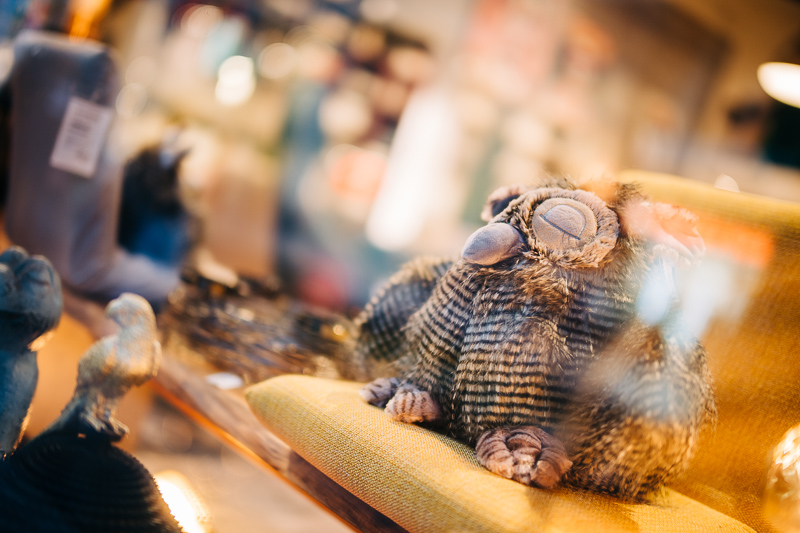
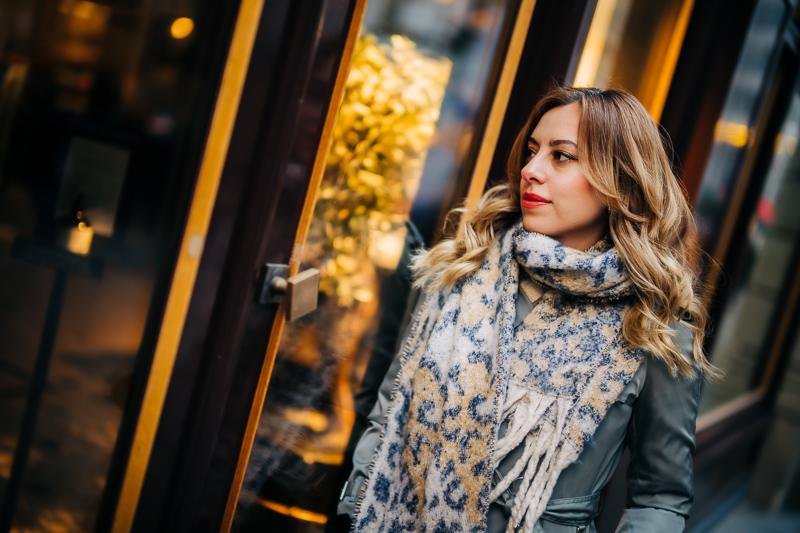
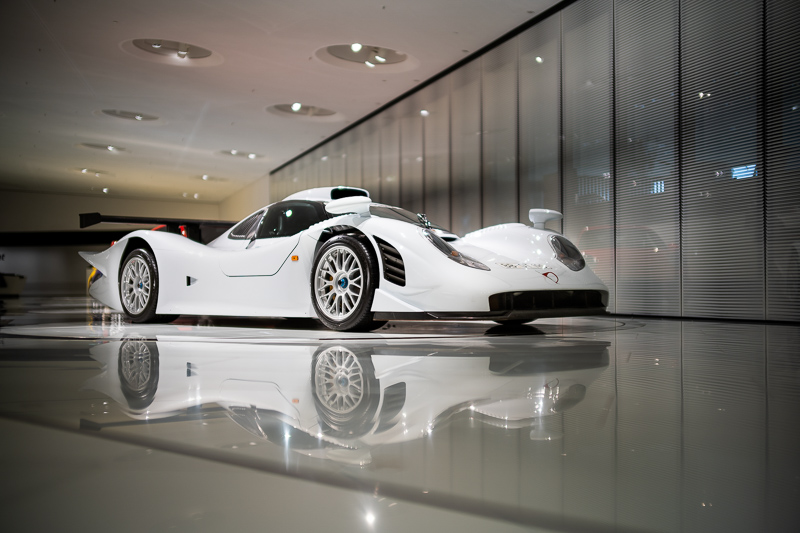
You can find most of the sample images in full resolution here.
Contents
Disclosure
The Laowa 45mm 0.95 was kindly provided free of charge by Venus Optics / Laowa for reviewing purpose for a few weeks.
Specifications
There are not many 45mm lenses to begin with and the Laowa 45mm 0.95 is definitely the first fullframe 45mm lens with a maximum aperture of f/0.95. The full specifications are:
-
- Diameter: 77 mm
- Field of view: 51.3° (diagonally)
- Length: 104 mm
- Weight: 865g (without hood, without caps)
- Filter Diameter: 72 mm
- Number of Aperture Blades: 15 (rounded)
- Elements/Groups: 13/9
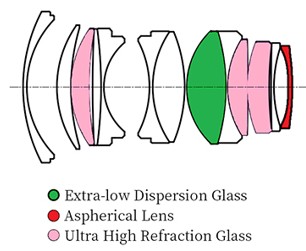
- Close Focusing Distance: 0.50 m
- Maximum Magnification: 1:8.3 (measured)
- Mount: Sony E
buy from manufacturer’s homepage | amazon.com | amazon.de | ebay.com | ebay.de | B&H (affiliate links) for $599
Handling/Build quality
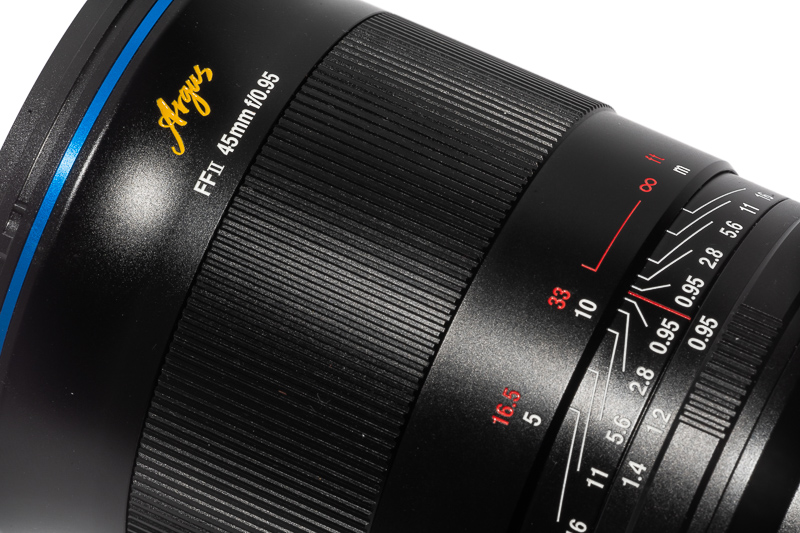
The Laowa 45mm 0.95 FF is an all manual lens without any electronic contacts or communication with your camera. Focus as well as aperture need to be set manually on the lens.
The focus ring has a really nice resistance and turns roughly 270° from the minimum focus distance of 0.50 m to infinity. This is a rather long focus throw which I think is a very good design choice for an f/0.95 lens where you will often deal with shallow depth of field and need to be able to precisely set focus.
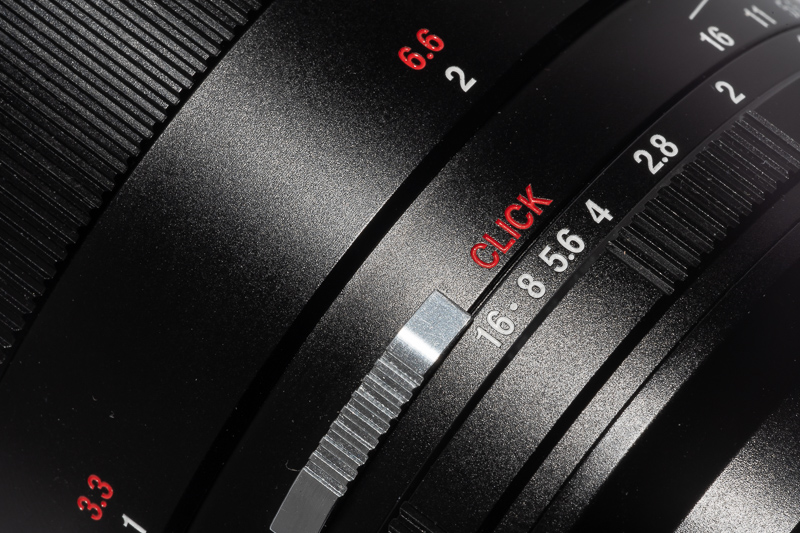
The aperture ring does feature click stops and even a declick lever (just like the Laowa 35mm 0.95) but again the stops are not equidistant and therefore really cramped together on the aperture ring between f/4.0 and f/16.
Still, thanks to the full stop click stops it is possible to set a desired aperture value without having to look at the lens.
The Laowa 45mm 0.95 FF features a complicated internal focus design with one fixed and two moving groups that is supposed to ensure good image quality at different distances.
The outer casing of the lens seems to be made from mainly metal and a few high quality polycarbonate parts, markings are engraved and filled with paint.

The lens comes with a small bayonet type tulip shaped metal hood. I like the small size of the hood so I wouldn’t mind leaving it on all the time, but it is a bit too shiny for me on the inside, so if it was my lens I would paint the inside with matte black paint or add some felt.
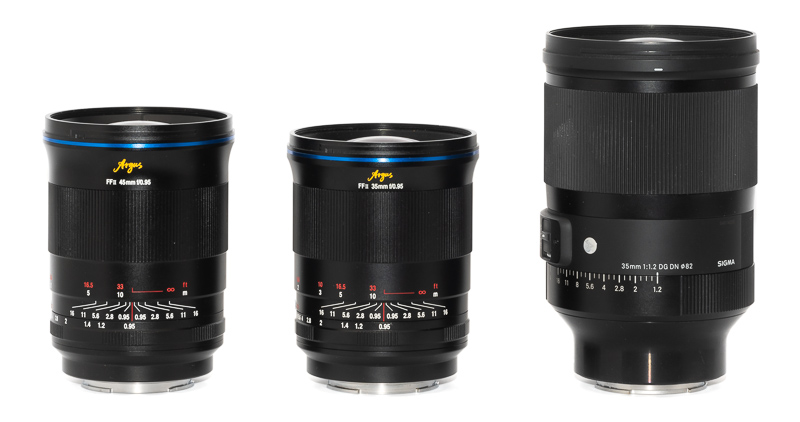
The Laowa 45mm 0.95 FF is almost the same size as the Laowa 35mm 0.95 but 70g heavier. I also included the more-than-half-a-stop-slower Sigma 35mm 1.2 Art DG DN which is significantly bigger and 235g heavier.
As was already the case for the Laowa 35mm 0.95 the size of this 45mm 0.95 is very reasonable considering its specifications.
Vignetting
light falloff
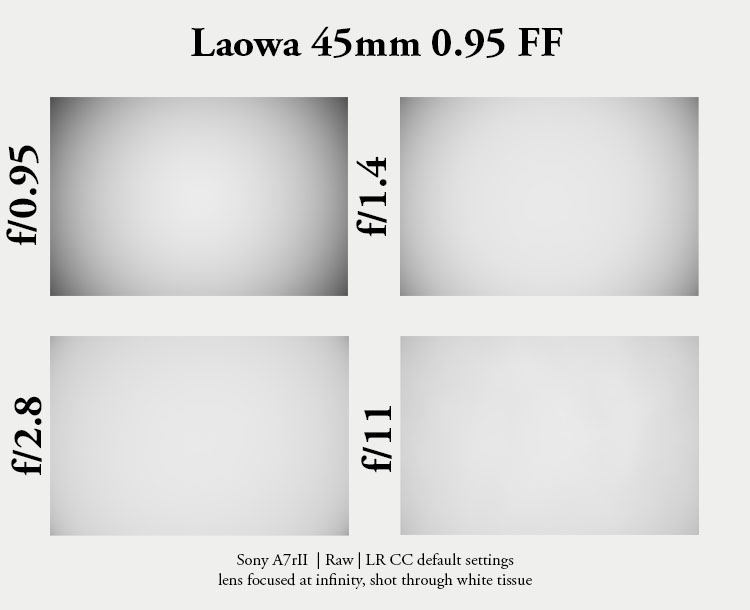
| f/0.95 | 3.2 EV |
| f/1.2 | 2.6 EV |
| f/1.4 | 2.3 EV |
| f/2.0 | 1.8 EV |
| f/2.8 | 1.7 EV |
| f/4.0 | 1.4 EV |
| f/5.6 | 1.2 EV |
| f/8.0 | 1.2 EV |
| f/11 | 1.2 EV |
The light falloff values are – within the margin of error – the same as those of the Laowa 35mm 0.95. At wider apertures these are comparable to those of other fast lenses of similar size, stopped down a bit worse.

It is recommended to have a look at this article first to get an idea how this brightness graph works.
optical vignetting
Fast lenses usually show a noticeable amount of optical vignetting. Without going too much into technical details optical vignetting leads to the truncation of light circles towards the borders of the frame.
In the center of the frame almost every lens will render a perfect circle, but only lenses with very low optical vignetting will keep this shape in the corners.
So in the following comparison we move from the center (left) to the extreme corner (right) and see how the shape of the light circle changes.
I did not shoot both lenses side by side, focus distance was 0.65 m for the 45mm 0.95 and 0.5 m for the 35mm 0.95.
Comparing a 35mm and a 45mm lens here is not really an apples to apples comparison but then it is not like there are other 45mm f/0.95 lenses. The Laowa 35mm 0.95 showed an impressive performance here but the Laowa 45mm 0.95 is not doing as good, optical vignetting is a little higher and the shape farther away from the center more deteoriated and lemon like.
Sharpness
MTF-Graphs
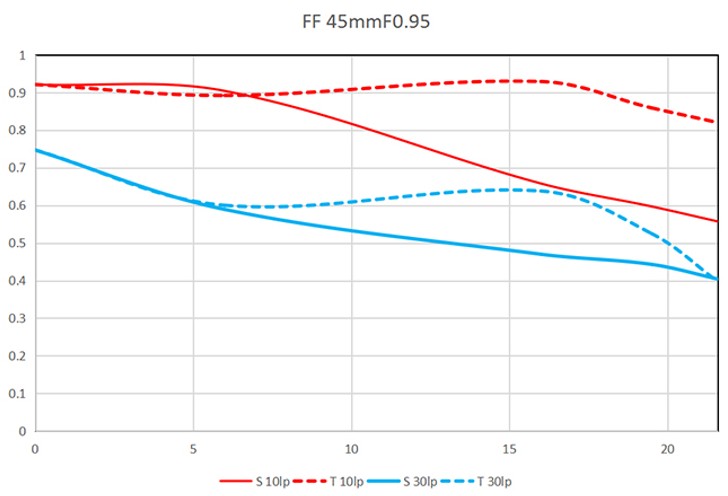
We have MTF-Graphs for f/0.95 at infinity for the Laowa 45mm 0.95. What it tells me is that we should expect high contrast (red lines) as well as resolution (blue lines) within the center of the frame and the inner midframe area.
Towards the corners the the two red lines deviate from each other (astigmatism) so contrast is expected to be lower here.
In the outer midframe there is also astigmatism for the blue lines so there might be a drop in resolution visible in this area.
Generally the graphs look similar to those of the Laowa 35mm 0.95 and therefore promising, but let us see in the following sections how close to reality the MTF-graphs really are.
Most MTF-Graphs show calculated values that do not take into account manufacturing tolerances and sample variation. Furthermore they are usually calculated for infinity, so in the field and shooting at different distances a noticeable variation may be visible.
infinity (42mp Sony A7rII)

Most of the f/0.95 lenses I previously reviewed haven’t exactly been great performers in this category. The best of the bunch so far have been the Laowa 35mm 0.95 and the Zhong Yi 50mm 0.95 M-mount.
This 45mm 0.95 shows a performance very similar to the Laowa 35mm 0.95. The 45mm might be slightly better in the corners, but the differences are hardly field relevant.
The good news is that the Laowa 45mm 0.95 can also be used for taking stopped down landscape or architecture pictures, which is something I would try to avoid with most of the 50mm f/0.95 lenses I reviewed.
portrait distance (1.35 m)
For portraiture it isn’t so important how flat the field is, it is more interesting to see what the sharpness is like when focused at different parts of the frame to take field curvature out of the equation.

This is what I did here, I refocused for every shot and aperture to get the best possible result at different locations in the frame (center, inner midframe and outer midframe).
Focus distance was roughly 1.35 m and the circle of the dollar bill is more or less the size of a human eye.
f/0.95 <————> f/1.4
100% crops, A7rII
This is an area where I was curious if there are differences visible compared to the Laowa 35mm 0.95.
In the center and inner midframe the performance is very similar. In the outer midframe things get interesting though: at f/0.95 the 45mm shows a better performance than the 35mm 0.95, but at f/1.4 it actually looks a bit worse than f/0.95 (similar to the 35mm 0.95). Most likely this is due to astigmatism, this effect is not that uncommon to encounter in such complex lenses: sometimes the sagittal MTF improve a lot on stopping down whereas the tangential don’t (or the other way round) which leads to higher astigmatism and worse perceived image quality stopped down versus wide open.
close (0.50 m, 1:8.3)
100% crops from center, A7rII
The Laowa 35mm 0.95 was very soft near the minimum focus distance at f/0.95 and f/1.2, surprisingly this 45mm 0.95 is doing a significantly better job and already at f/0.95 the image quality is least as good as that of the 35mm stopped down to f/1.4.
It should be noted though that field curvature is significant at these distances, so it is really only the center that shows such good image quality at f/0.95. Still an impressive performance.
Flare resistance
As always evaluating flare is a complex matter since you can get any lens to look bad if you push it hard enough and a slight change of scenario can affect results a lot.
Many of the f/0.95 fared very bad in this category but to my surprise the Laowa 35mm 0.95 was actually one of the better ones, so let’s try to find out if this 45mm 0.95 manages to show a similar performance.
Sun inside Frame
Unlike the Laowa 35mm 0.95 I did not encounter any ring flares with the 45mm 0.95. Nevertheless, depending on the position of the point light source in the frame you may encounter some ghosting, as can be seen from these sample pictures.
During day hours a slight reframing often helped to significantly reduce the amount of ghosting. Shooting in the dark I encountered some artefacts like the ones below more frequently though:
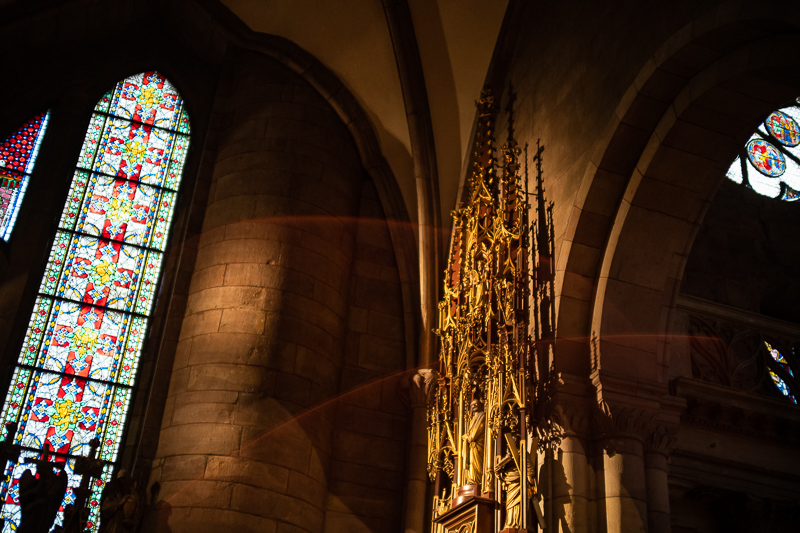
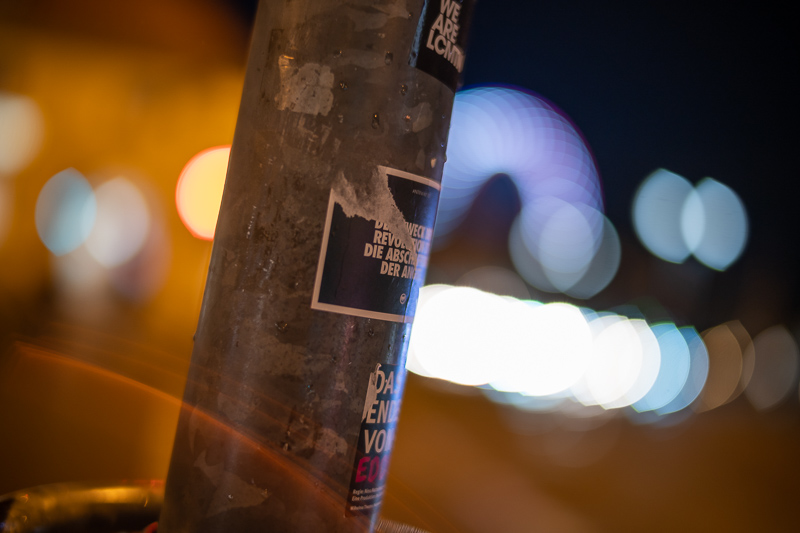
Sun outside frame
Most lenses will show a big lens flare with the sun close to the corners of the frame and the Laowa 45mm 0.95 is not an exception. This is something that can be easily avoided by slightly reframing though.
With the sun outside the frame small ghosts may still appear, but this is not something that should regularly ruin your pictures.
Now with the sun farther away from the frame you may catch a crescent artefact in the corner opposite of the light source, this is very similar to what I have seen with the Laowa 35mm 0.95 as well. The hood helps with this, but shading with your hand helps even more:
What I wrote about the Laowa 35mm 0.95 is just as valid here: some of the better (slower) modern lenses in the 45-50mm range will perform better, but considering the maximum aperture of f/0.95 – and comparing it to the 50mm f/0.95 lenses I have reviewed so far – this is a very respectable performance.
I have been reviewing this lens during a german winter where I roughly got one hour of sun per week, so take this section with a grain of salt this time.
Coma
100% crops from extreme corner, focused on corner, A7rII
Coma at wider apertures is noticeable but things improve fast on stopping down. By f/2.0 it is already acceptable for many applications and by f/2.8 very clean.
The performance is very similar to that of the Laowa 35mm 0.95, so similar I wouldn’t be able to tell them apart in this category.
Distortion

The Laowa 45mm 0.95 shows only a tiny amount of wavy pincushion distortion. The amount is so low it will only be visible with lots of straight lines running through the picture.
Bokeh
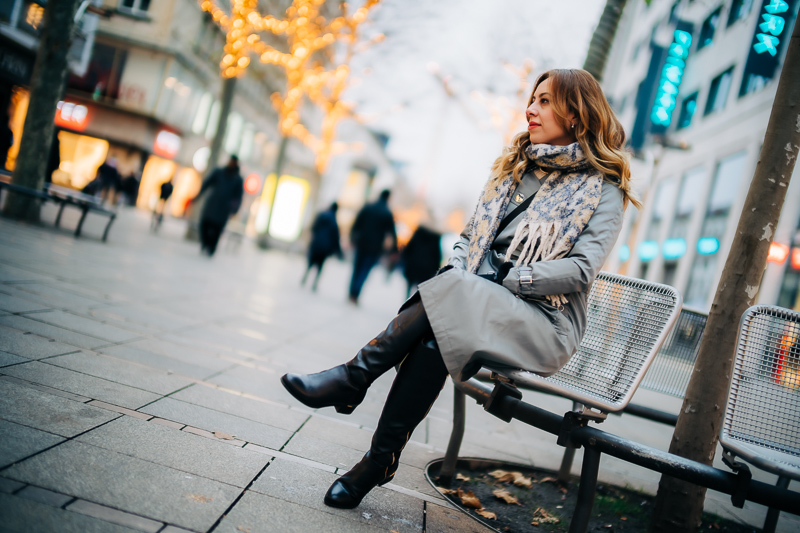
Whenever dealing with a super fast lens I guess this category is what is of most interest, so as usual we will have a look how the lens performs at different distances and in different scenarios and I will also try to draw some comparisons to the Laowa 35mm 0.95.
Close distance
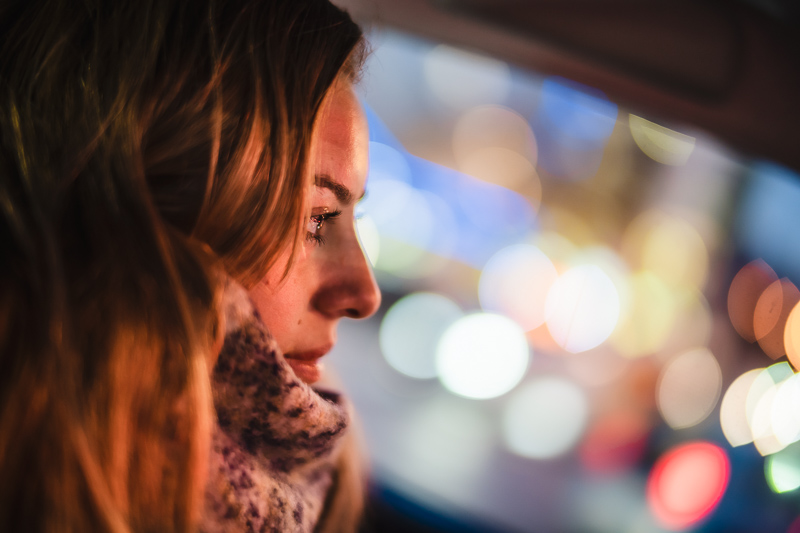

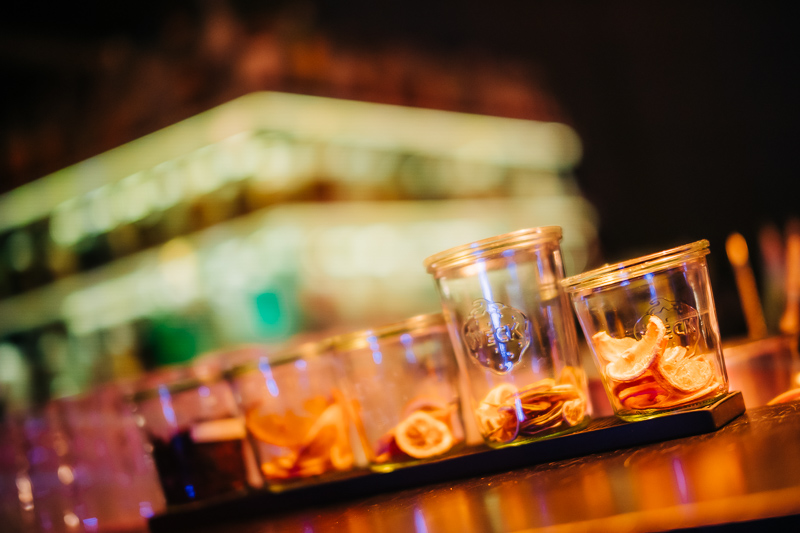
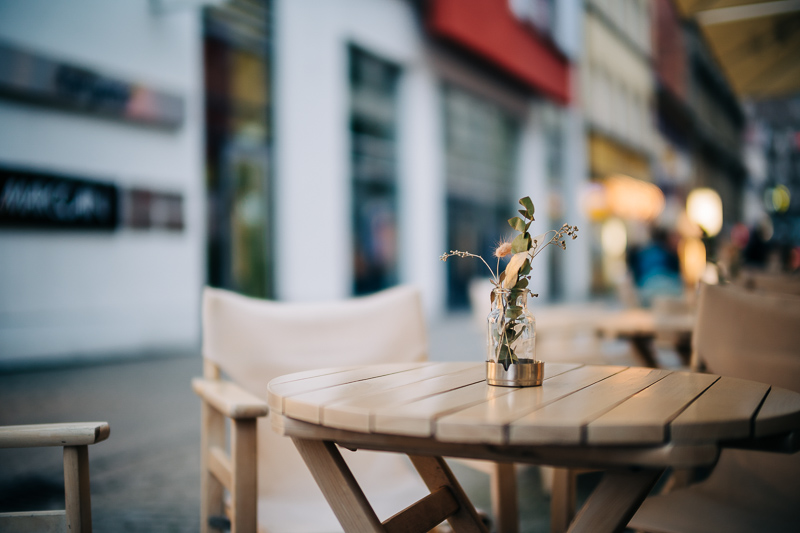

Especially at closer focus distances the Laowa 45mm 0.95 shows a soft and pleasing transition from in focus to out of focus. With point light sources in the background you will be able to spot the optical vignetting (cat’s eye or in this case lemon shaped) quite easily though, this will become more apparent at longer focus distances.
Mid distance
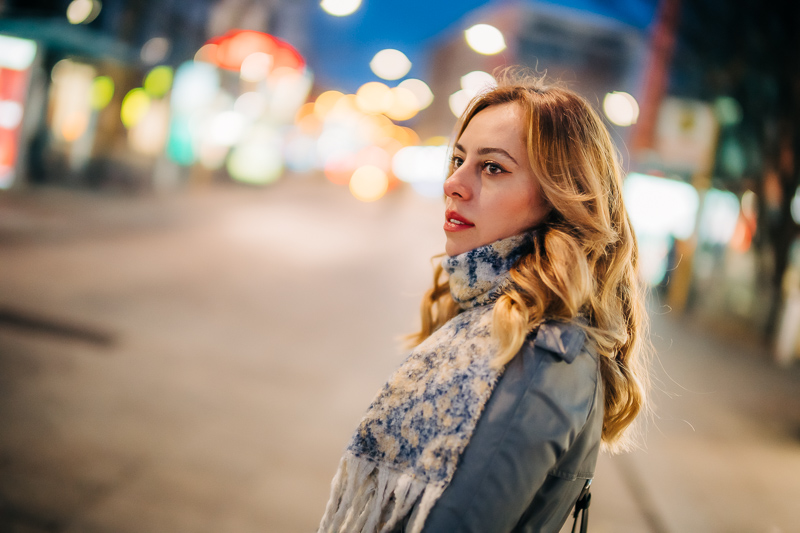
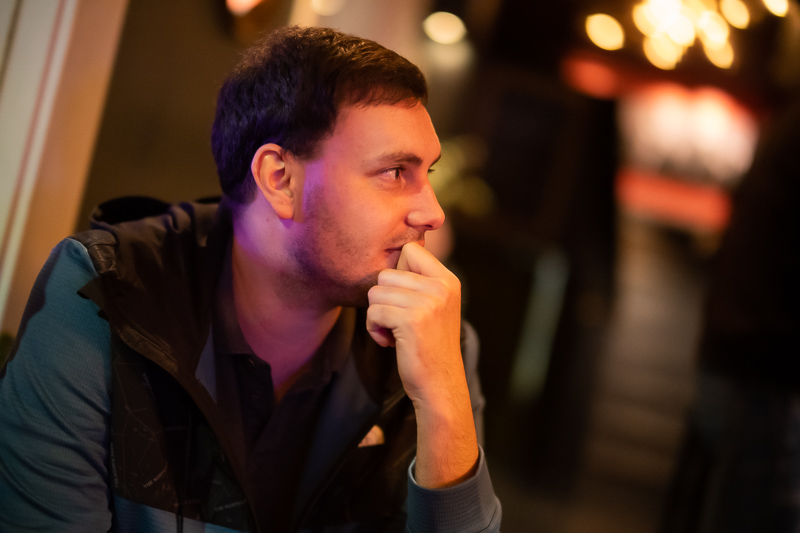
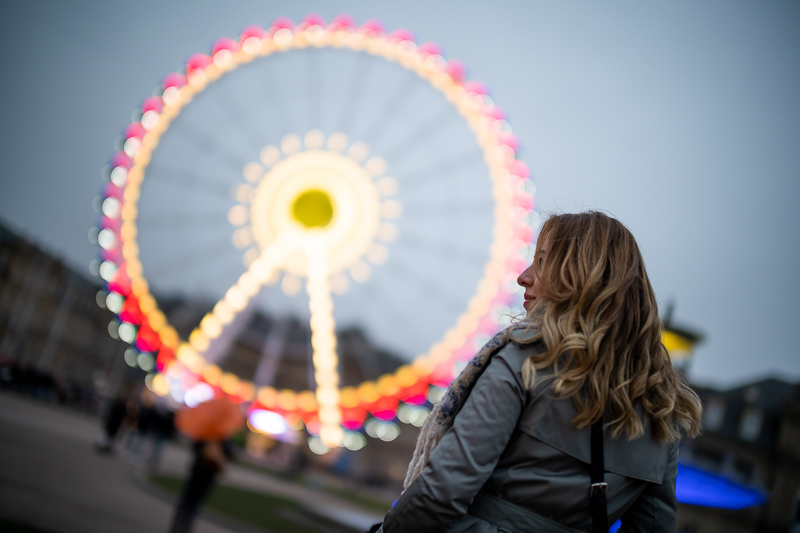
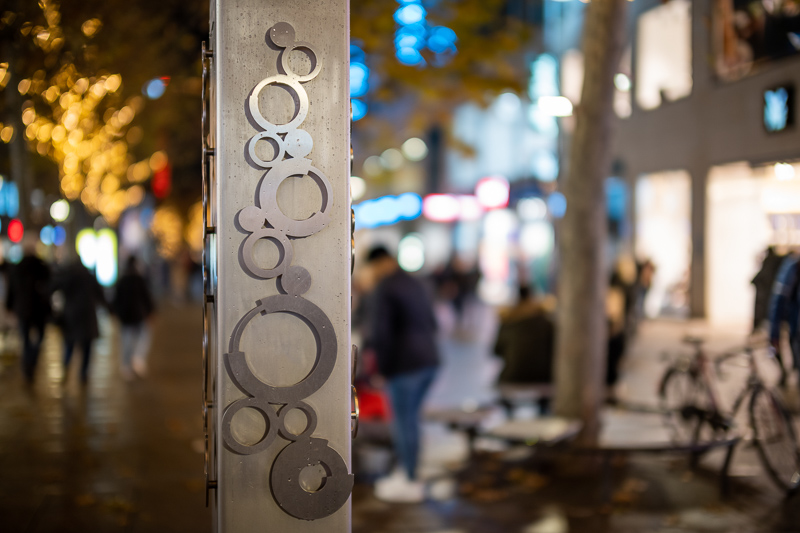
Already the Laowa 35mm 0.95 showed some small light spill on the edges of off center highlights – which does look a bit unnatural to me – but this effect is actually more pronounced with this 45mm lens. The highlights often take on a shape that might be best described as “turtle shell” with this lens. Stopping down to ~ f/1.1 leads to slightly nicer out of focus highlights.
Long distance
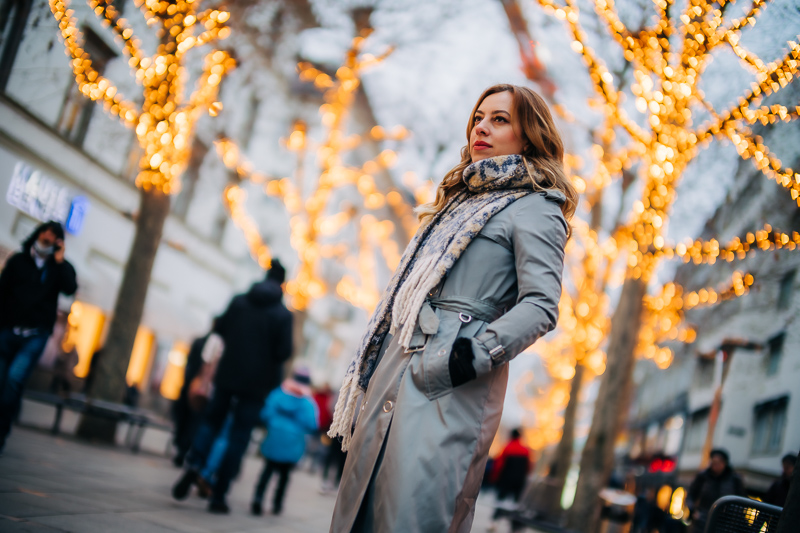
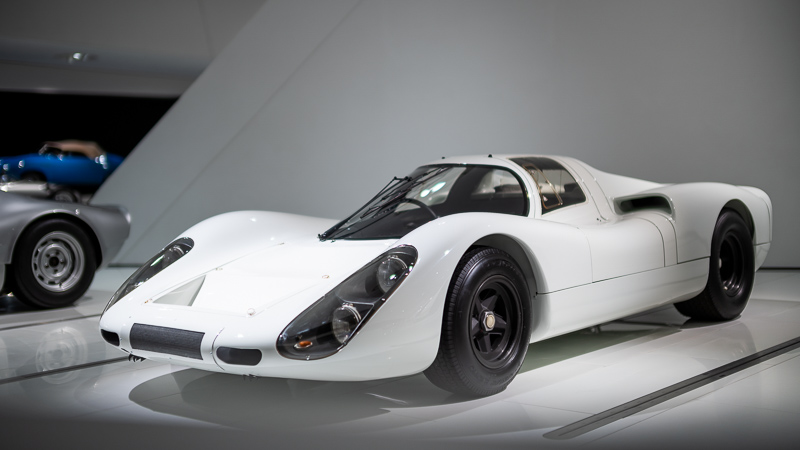
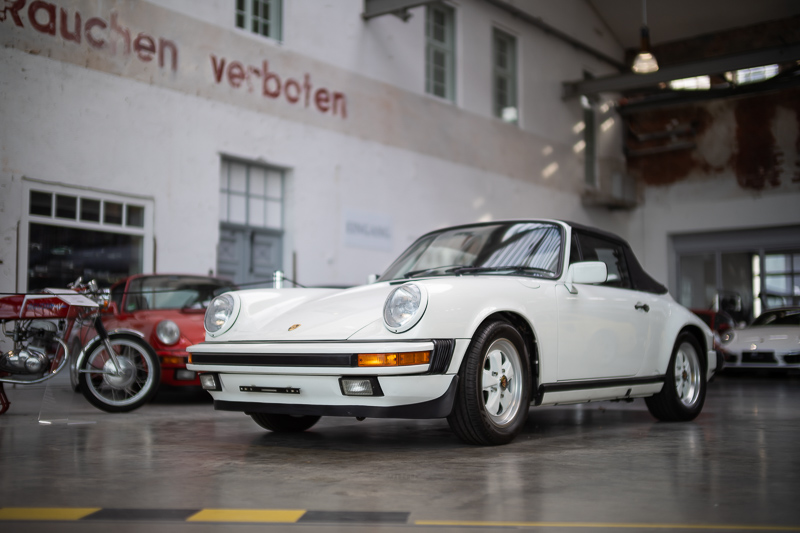
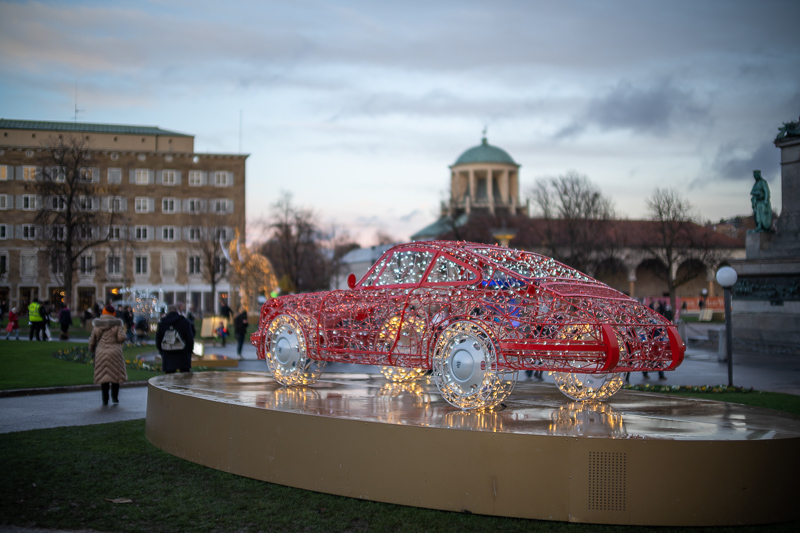
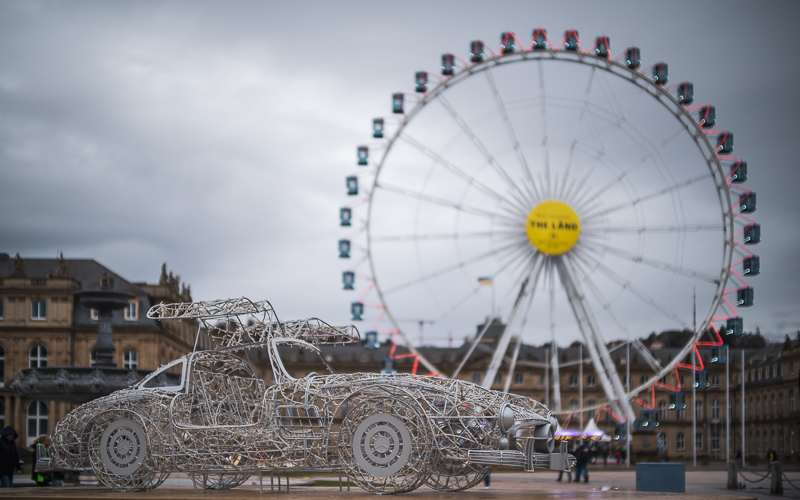
Now what is the situation like at longer focus distances?
The Laowa 45mm 0.95 shows a rather high amount of optical vignetting, therefore also with a completely flat background you will notice the edges and corners are not nearly as much out of focus as the center of the frame. But I think there is also some field curvature at longer focus distances and in combination these two things can lead to – at least to my eyes – a bit unsightly bokeh rendering, as the corners look almost like they are in focus. The following picture contains everything I don’t like about the bokeh rendering of this lens:
Sony A7III | Laowa 45mm 0.95 | f/0.95
How happy you are with the bokeh rendering of this lens will strongly depend on the focus distances you are usually using it. At head or head-and-shoulder portrait distances there isn’t much to complain about, at full body portrait distance I prefer the bokeh rendering of the Laowa 35mm 0.95 as well as that of the Zhong Yi 50mm 0.95 MK III and 50mm 0.95 M though.
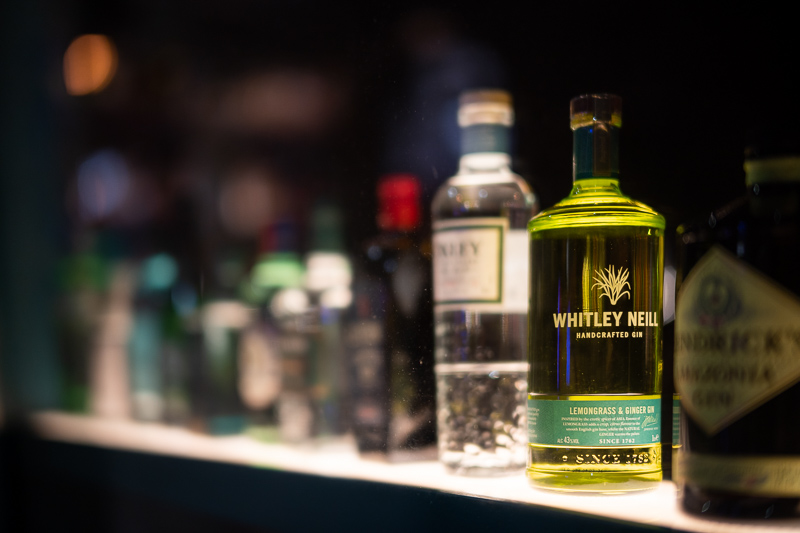
Sunstars

The Laowa 45mm 0.95 uses 15 rounded aperture blades, therefore you will only rarely encounter sunstars in your pictures. This is not a complaint, I like a high number of rounded aperture blades in my portrait lenses 🙂
If you want to learn more about this topic have a look at this article.
Chromatic aberration
lateral
Lateral CA are noticeable towards the corners when not corrected. As you know lateral CA are easily corrected in post (or in camera for Jpegs) though, so this seems like a sensible design choice.
100% crops from extreme corner, A7rII, f/11
longitudinal
50% crops from extreme corner, A7rII
In the focal plane spherical aberration is very well corrected even at the minimum focus distance (at least in the center of the frame) – a big difference compared to the Laowa 35mm 0.95 which showed high amounts of spherical aberration – so we can see the magenta and cyan outlining quite well. At these distances the performance looks something between average and good (for an f/0.95 lens), but to get a better idea of the amount of loCA we are having a look at pictures taken at a longer distance.
Before doing that it is worth noting that the Laowa 45mm 0.95 – just like the 35mm 0.95 – shows no noticeable focus shift.
Now at longer distances we see very noticeable amounts of loCA that are even visible in low resolution pictures like I am showing here. So I rate this 45mm’s performance worse than that of the Laowa 35mm 0.95 and rather similar to the Sony FE 35mm 1.4 ZA or the Sony FE 55mm 1.8 ZA.
Sony A7III | Laowa 45mm 0.95 | f/0.95
Alternatives
As said before 45mm is a rather odd focal length, so it might be worth having a look at either the guide on 35mm lenses or the guide on 50mm lenses for Sony FE cameras, I still picked a few f/0.95 lenses to talk about in detail:
Zhong Yi 50mm 0.95 E II and III:
The MK III is a bit better in terms of optical vignetting as well as light falloff. In terms of sharpness the Laowa surpasses MK II and MK III easily though and same is true for CA correction and aperture construction.
In terms of flare resistance none of these lenses offers something to write home about, but the Laowa is still the best of the bunch.
The Zhong Yi lenses do a bit better at long distance bokeh though.
buy from Amazon.com | ebay.com | B&H | Amazon.de for $679 (affiliate links)
Laowa 35mm 0.95:
There are some differences between these two lenses but in many catergories they also perform on a similar level. Personally I prefer the 35mm focal length and also the 35’s long distance bokeh rendering (which is also why I bought this 35mm 0.95 lens).
buy from manufacturer’s homepage | ebay.com | B&H (affiliate links) for $649
TTArtisan 50mm 0.95 M:
The only advantages of the TTArtisan lens are slightly smaller size and weight and that it can be mounted on a Leica M camera as well.
buy from amazon.com | amazon.de | B&H | ebay.com | ebay.de for $755 (affiliate links)
Zhong Yi 50mm 0.95 M:
I preferred the Zhong Yi 50mm 0.95 M to its E-mount siblings as well as the aforementioned TTArtisan lens. It also has some issues with long distance bokeh rendering and the minimum focus distance of 1.0 m is not that exciting, but if you are looking for a lens that can be adapted to other camera systems as well it might be worth a look.
buy from amazon.com | B&H for $799 (affiliate links)
Conclusion
good
|
average
|
not good
|
The Laowa 35mm 0.95 was quite the surprise to me, offering noticeably better image quality compared to the other more affordable f/0.95 fullframe lenses while featuring appealing bokeh rendering and even being a versatile allround lens thanks to its good stopped down performance. So the question was: does this Laowa 45mm 0.95 offer a similar performance?
In terms of sharpness this 45mm 0.95 actually has the edge. Off center performance at portrait distances is slightly better, which is very welcome, and the close up performance is significantly better. A minimum focus distance of 0.5 m also feels more fitting to a 45mm lens than a 35mm lens and therefore it offers a higher maximum magnification.
What I personally care about most in a lens with these parameters is the bokeh rendering though. At short to mid distances the Laowa 45mm 0.95 offers the high amount of subject separation we like the ~50mm f/0.95 lenses for and the bokeh rendering is also of the smooth type without strong outlining, a tendency to double edged structures or onion rings.
What I would want to use such a fast 45mm lens for most of the time would be full body portrait shots or maybe car photography and at these distances the Laowa 45mm 0.95 doesn’t exactly excel due to the high amount of optical vignetting coupled with a bit of field curvature. This article contains many sample images showing this, so make sure this is the kind of rendering you like before pulling the trigger.
I guess not many people intended to buy the 35mm 0.95 and the 45mm 0.95 as well, so if you are not set on a focal length yet you can choose if you want slightly better sharpness (45mm 0.95) or better long distance bokeh (35mm 0.95).
buy from manufacturer’s homepage | amazon.com | amazon.de | ebay.com | ebay.de | B&H (affiliate links) for $599
Sample Images

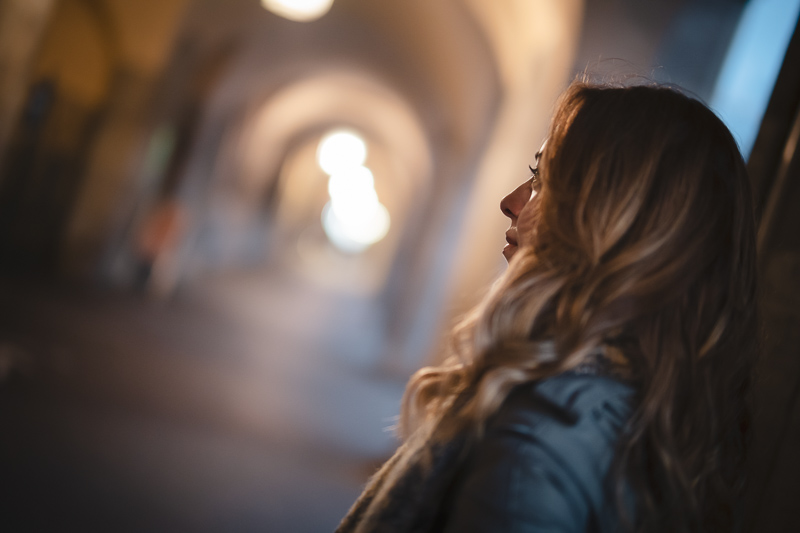
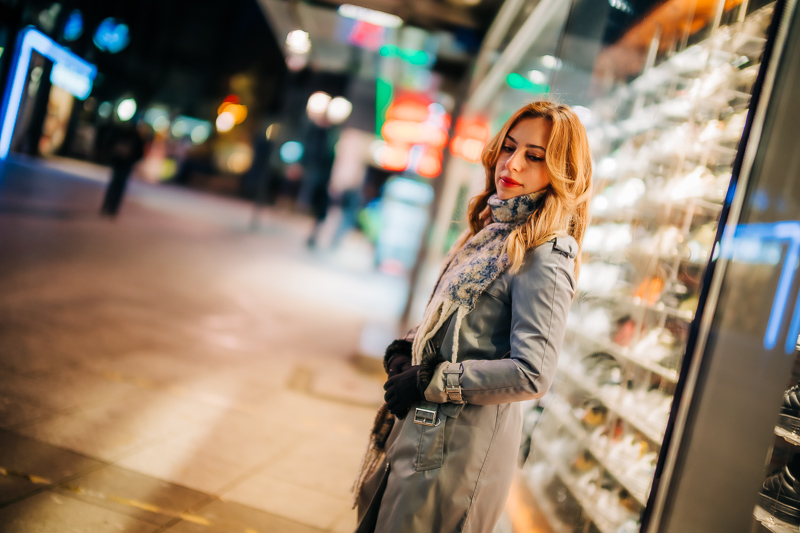
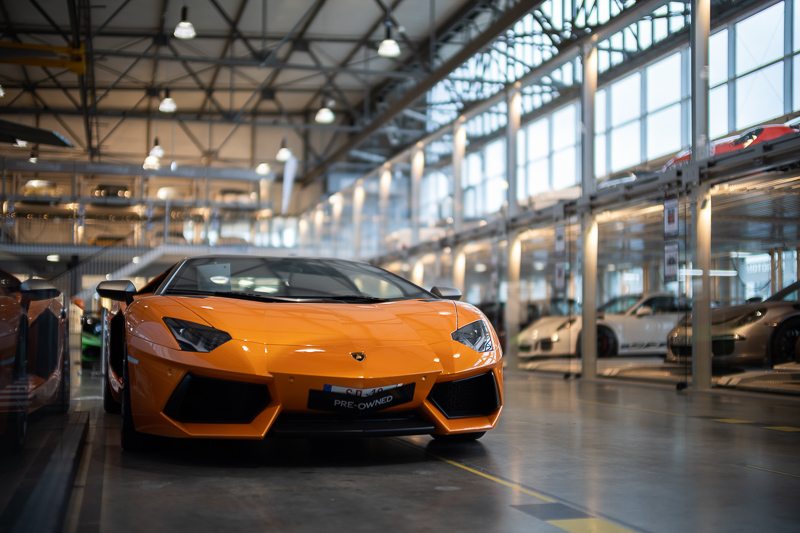
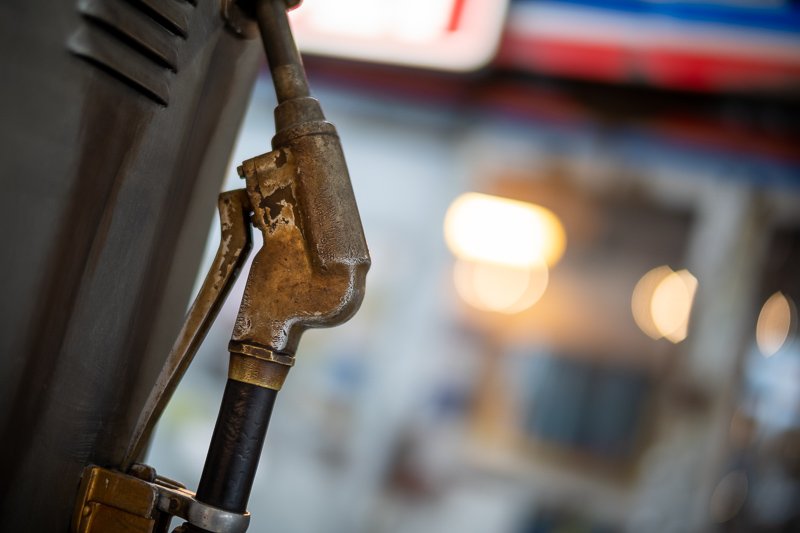
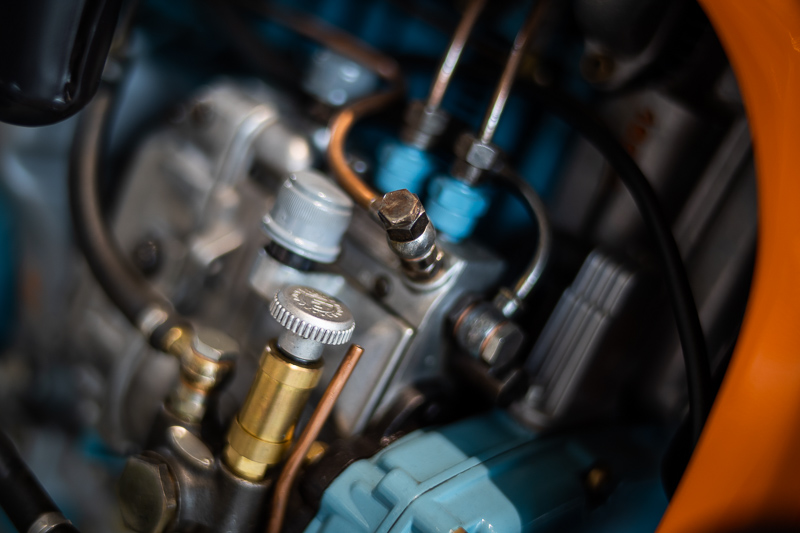
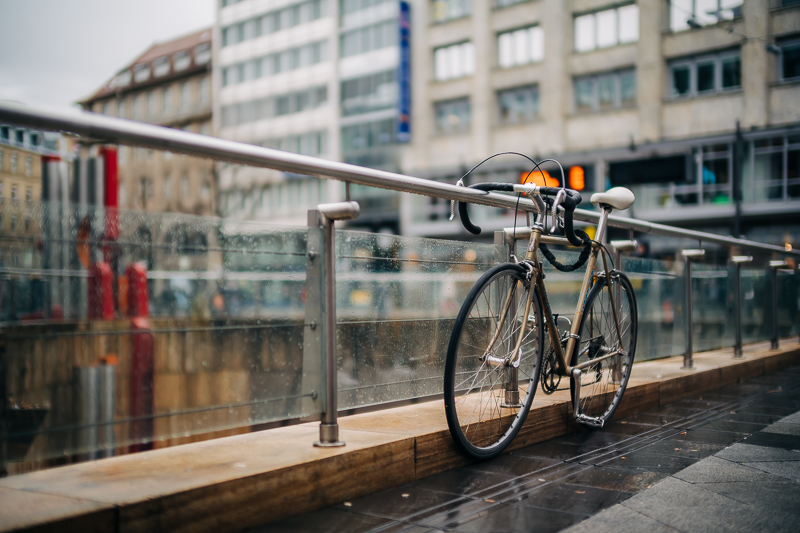
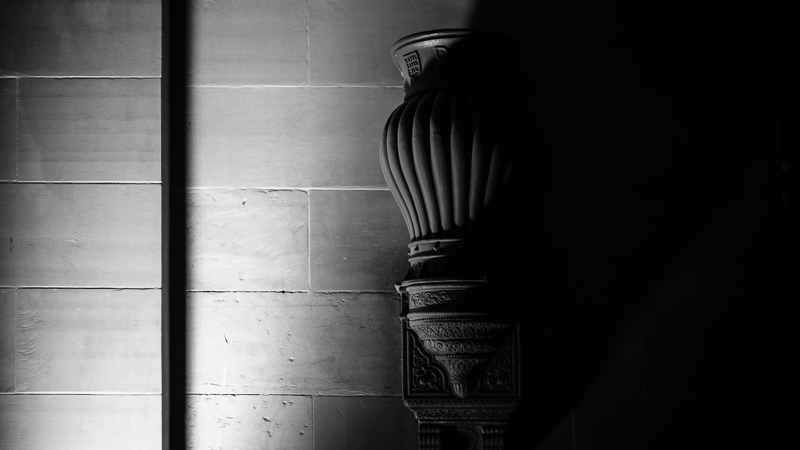
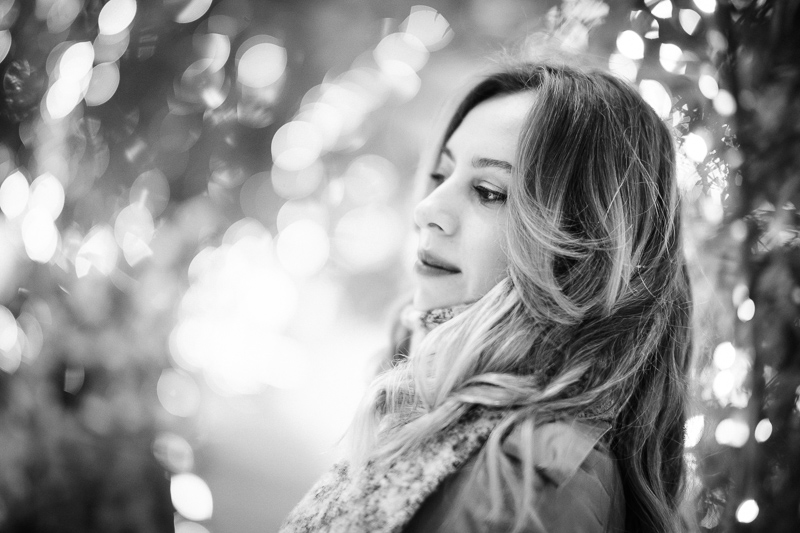
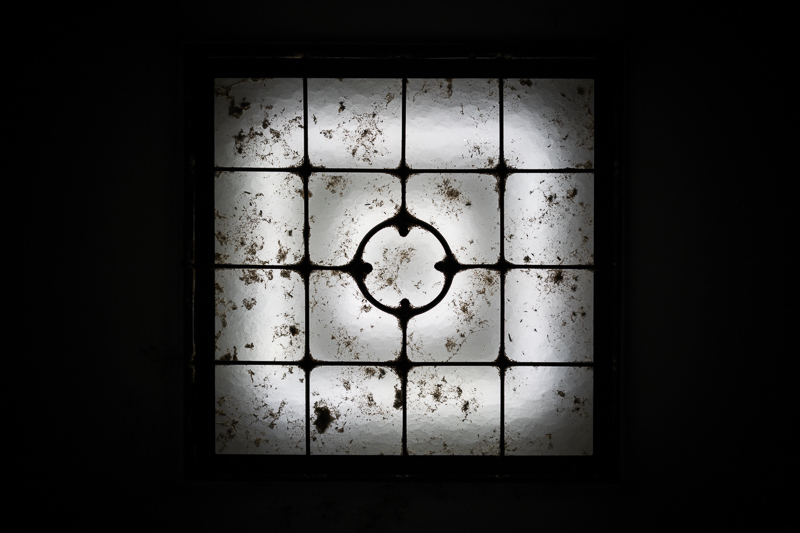
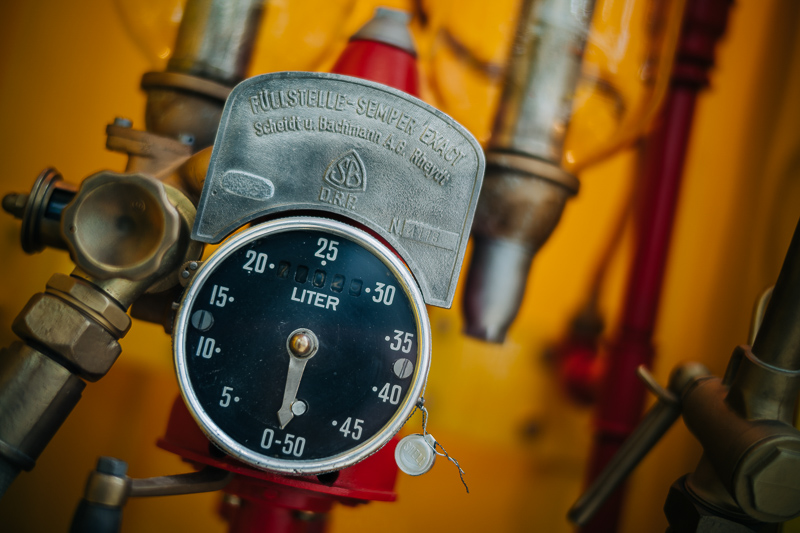

You can find most of the sample images in full resolution here.
Further Reading
- Sony FE lenses: Our comprehensive and independent guide
- Sony FE lenses: Our guide to portrait lenses from 85 to 135mm
- What makes a picture good?
- Lens aberrations explained
Support Us
Did you find this article useful or just liked reading it? Treat us to a coffee!
![]()
![]()
![]() via Paypal
via Paypal
This site contains affiliate links. If you make a purchase using any of the links marked as affiliate links, I may receive a small commission at no additional cost to you. This helps support the creation of future content.
Latest posts by BastianK (see all)
- Analogue Adventures – Part 46: Fujichrome Provia 400F (expired) - November 19, 2025
- Review: Irix 45mm 1.4 Dragonfly - November 15, 2025
- Review: Nikon 50mm 1.8 Series E - November 12, 2025








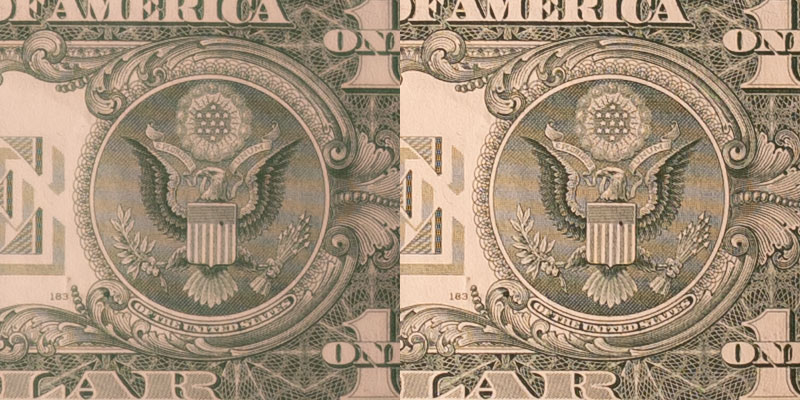
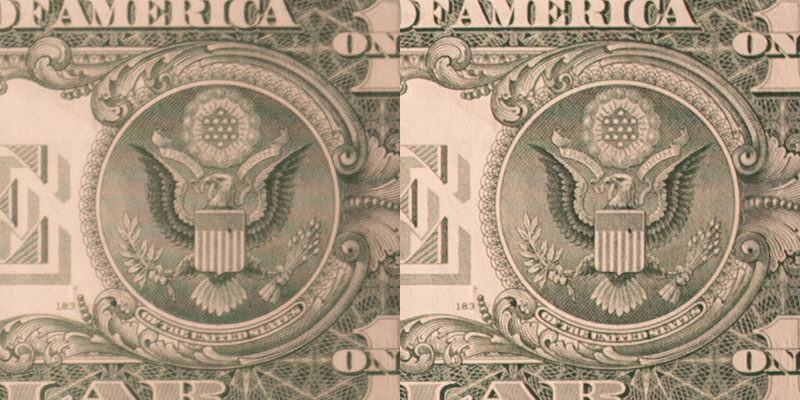
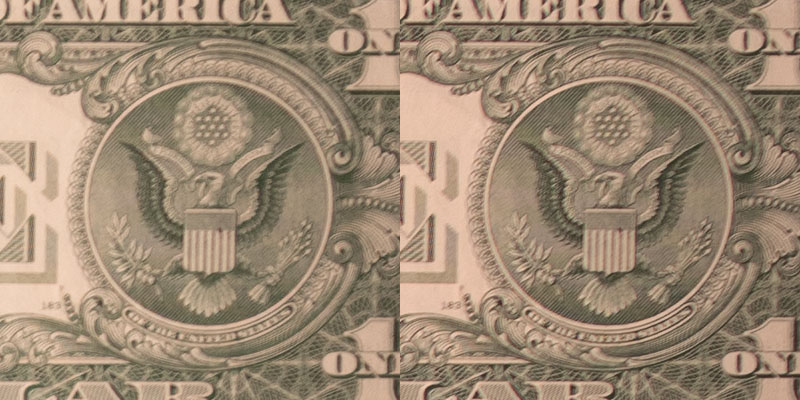
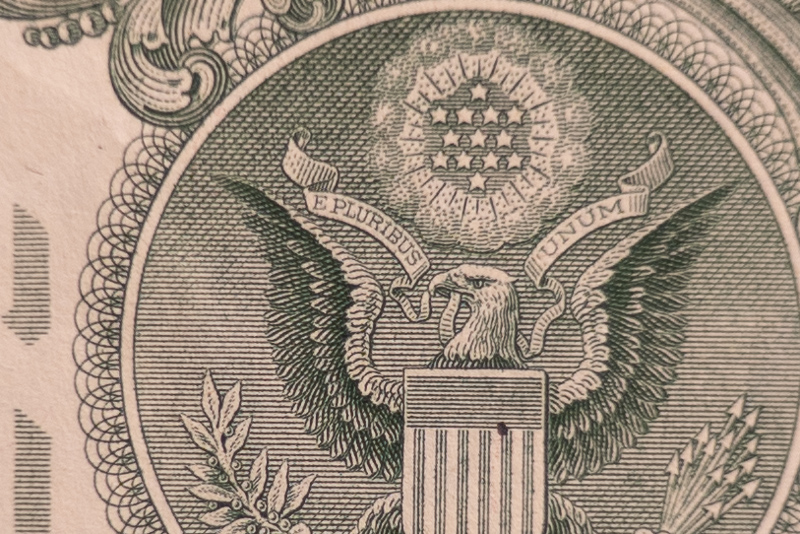
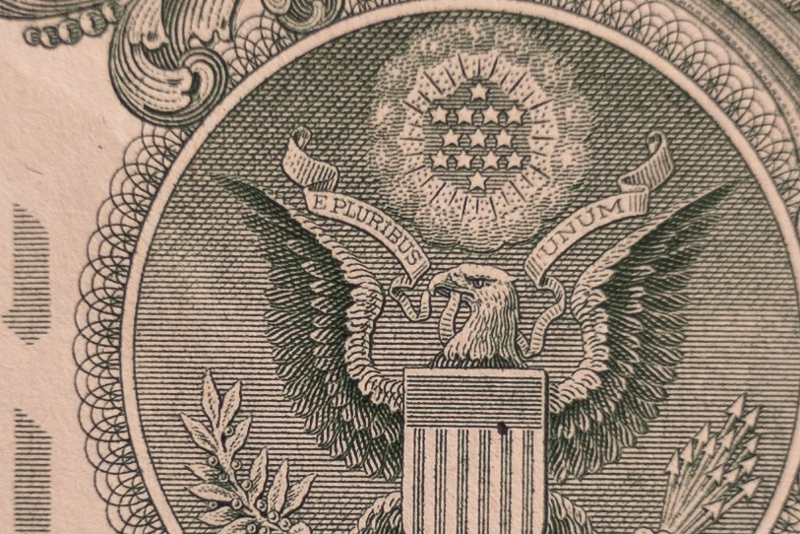

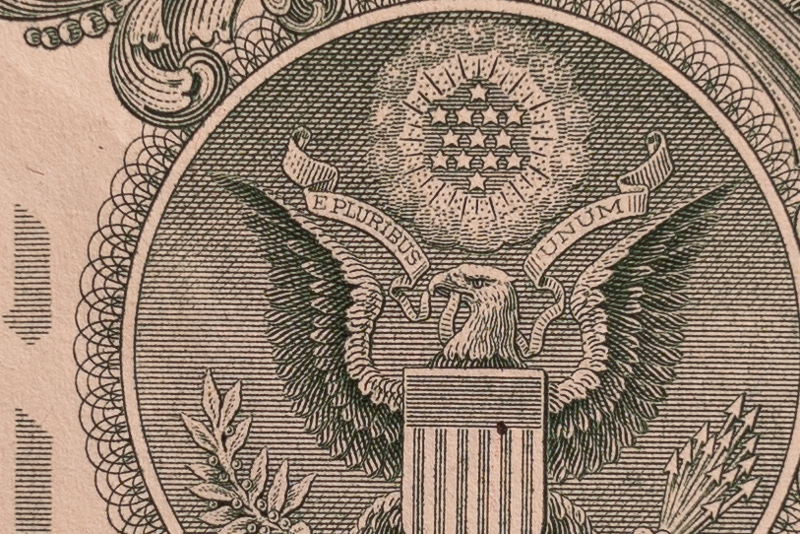
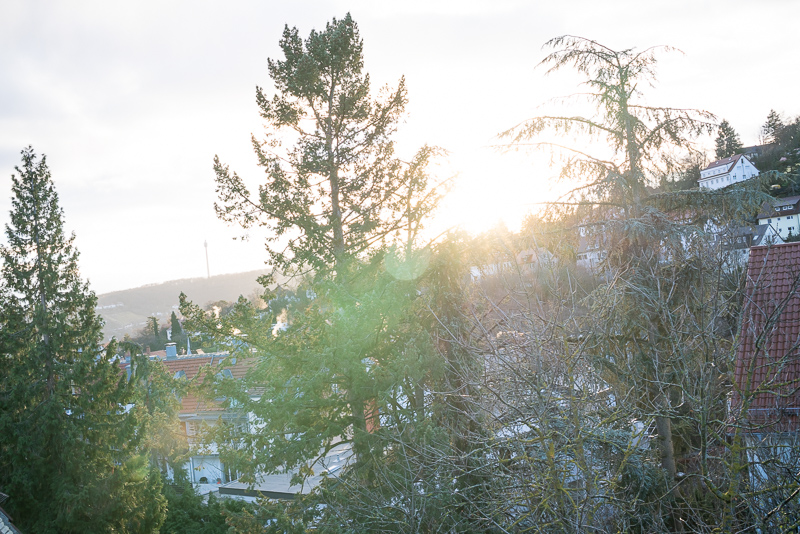
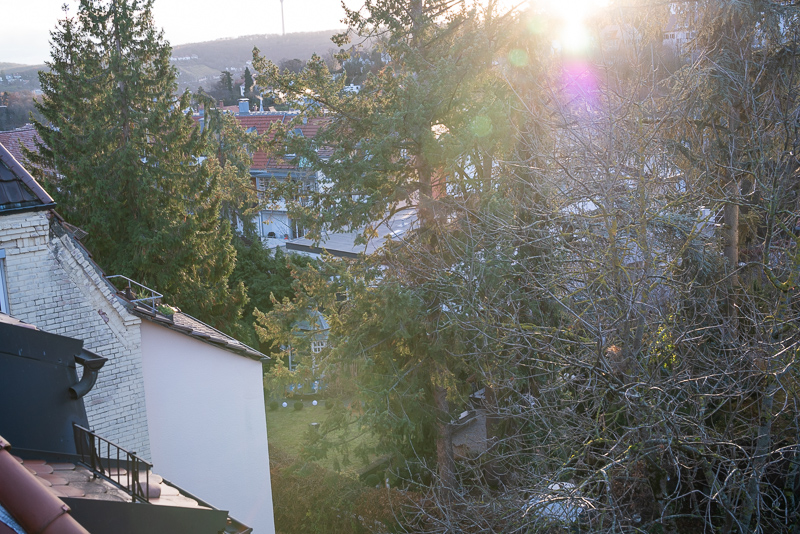

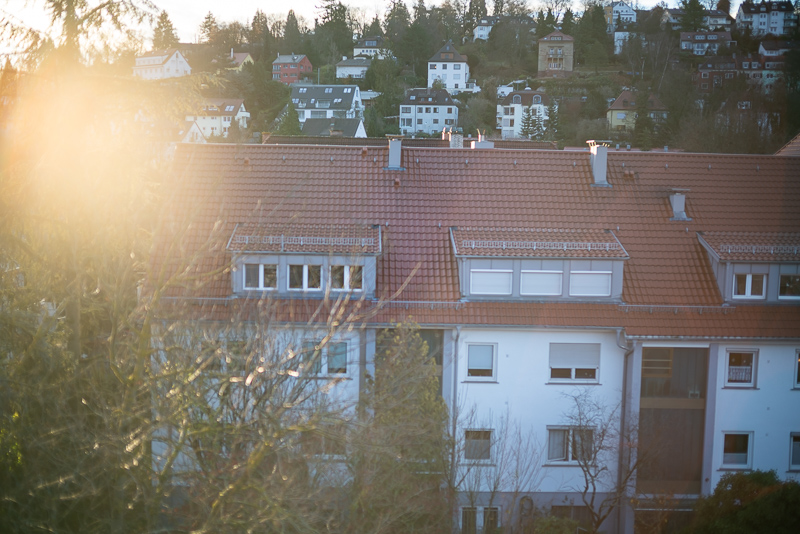
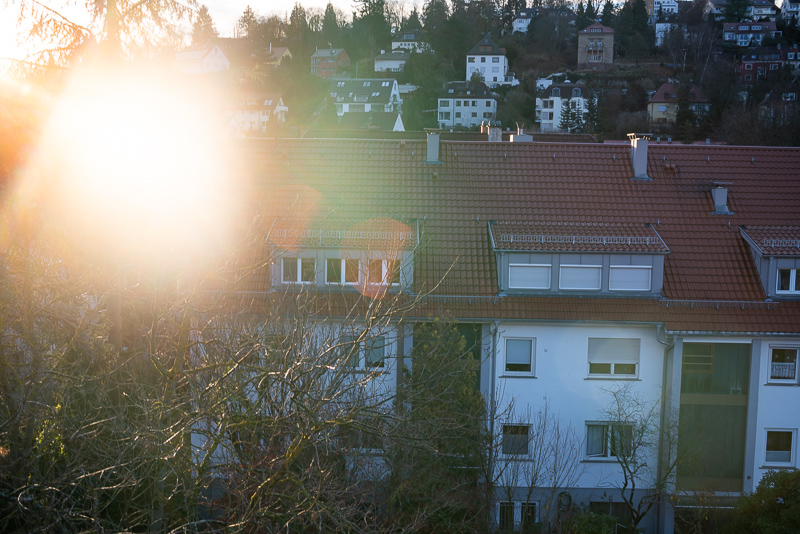
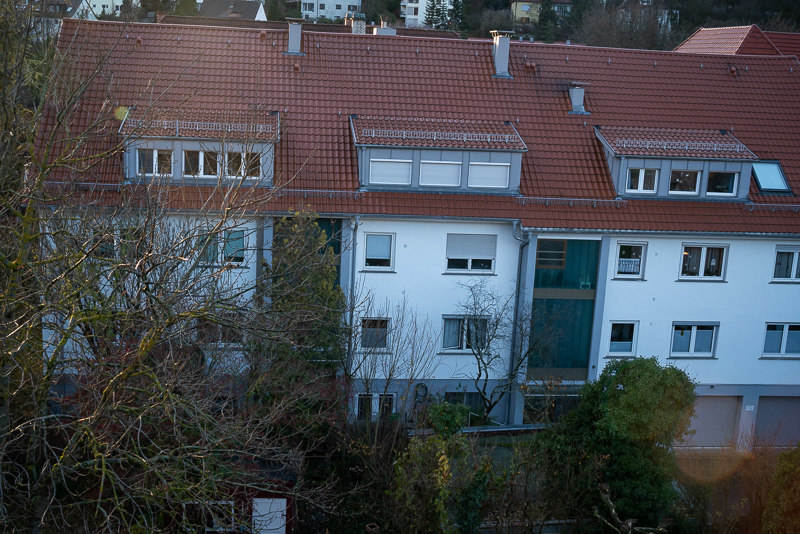
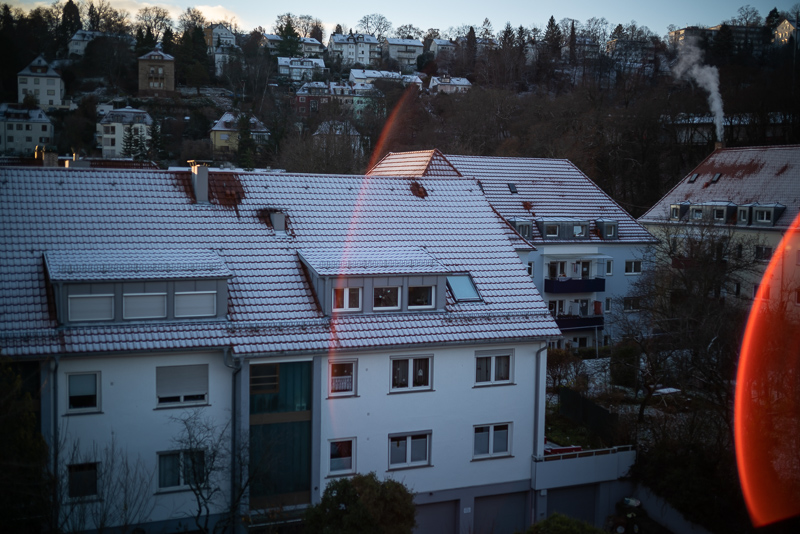
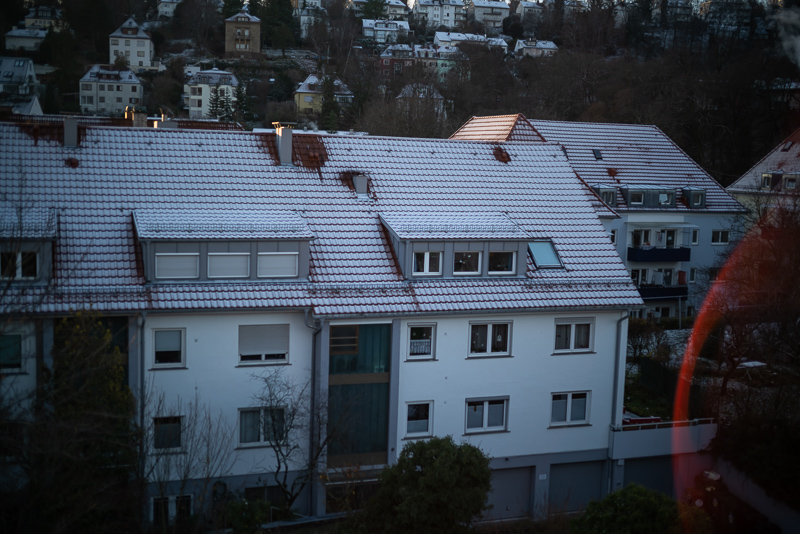
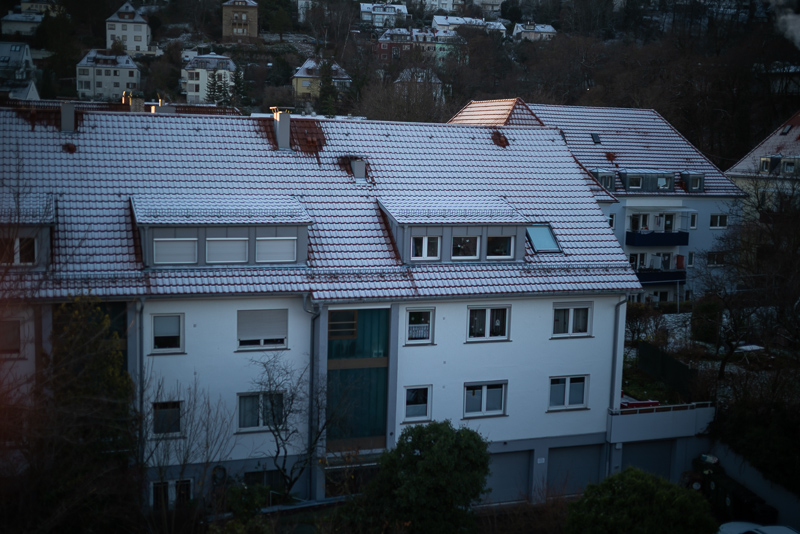

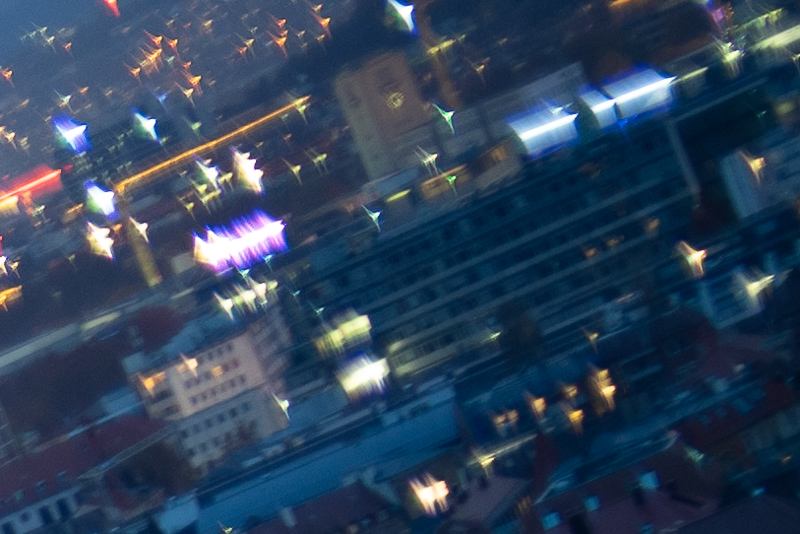

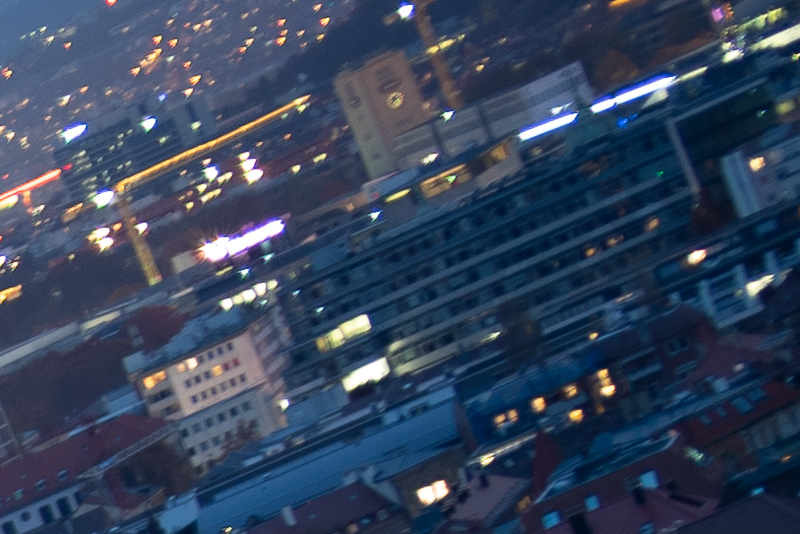
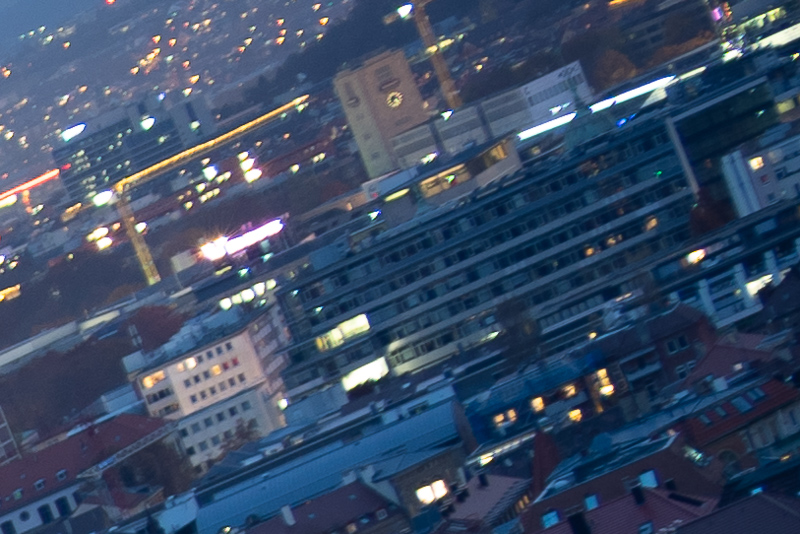
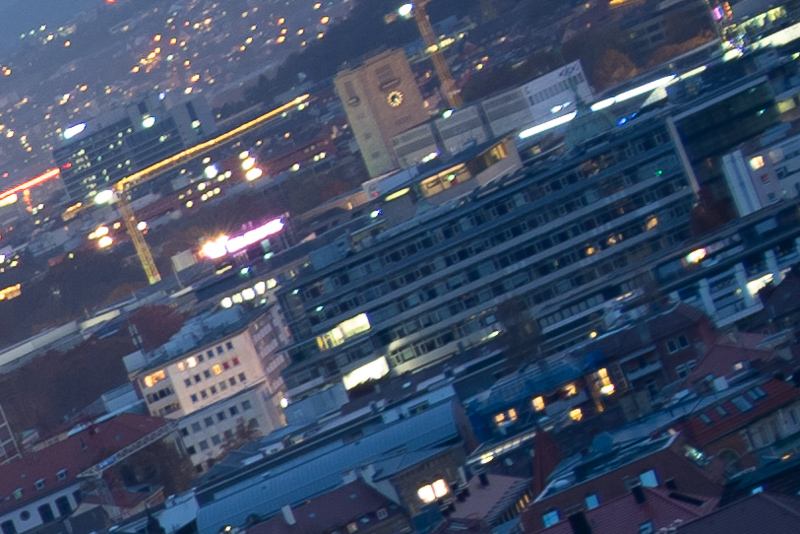
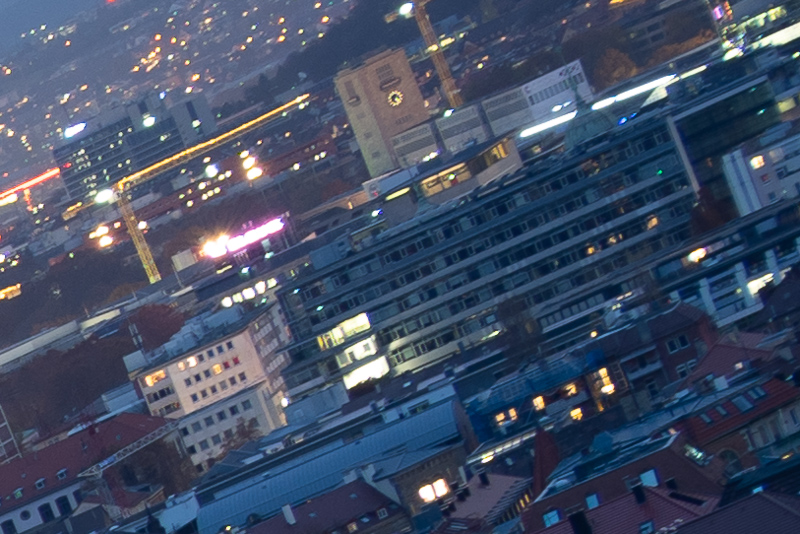
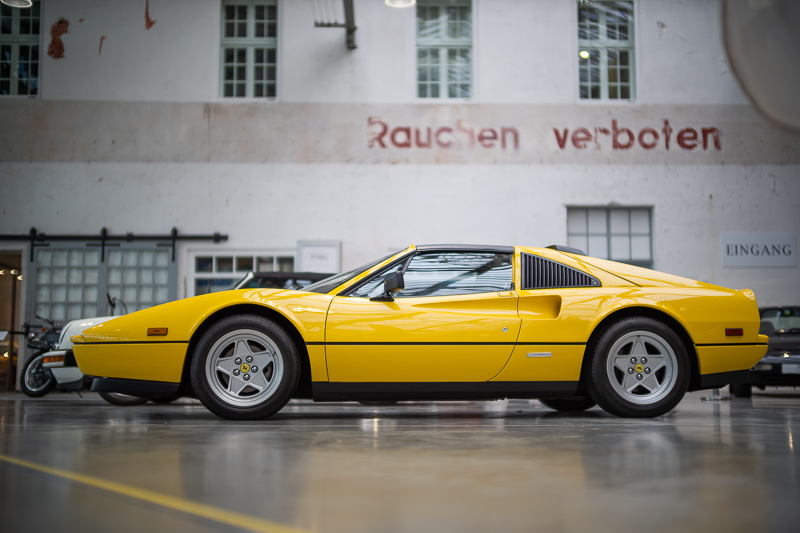

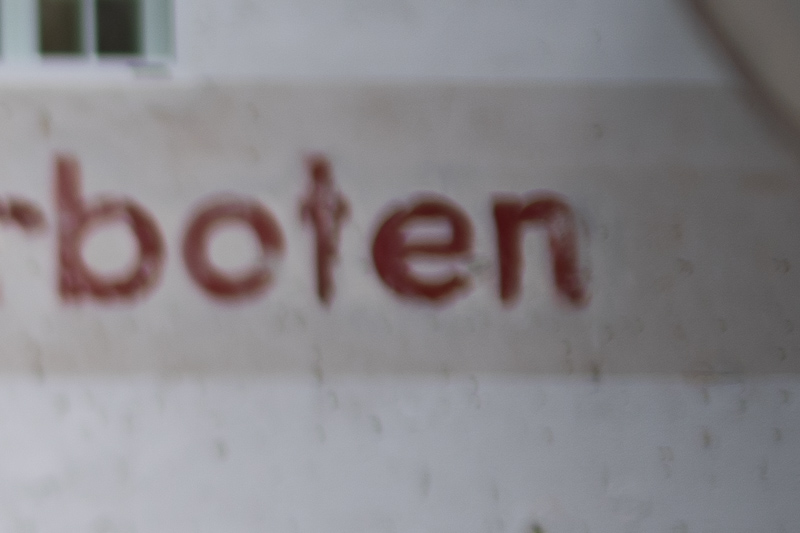
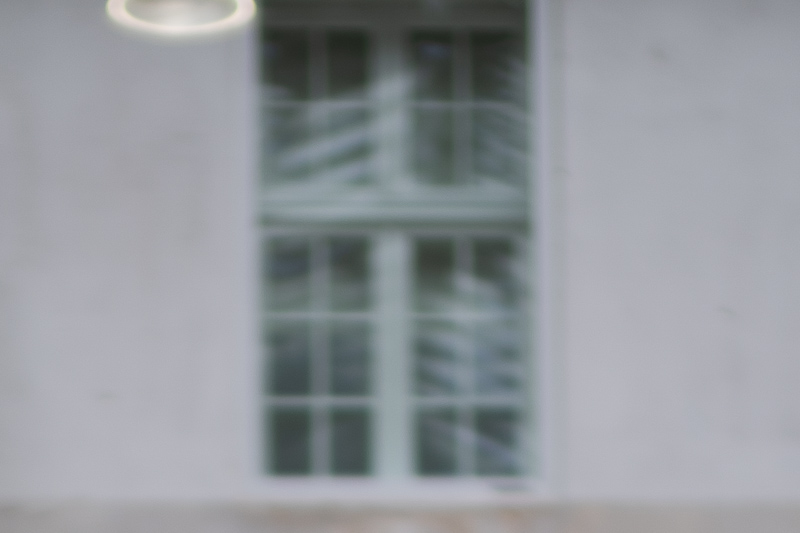

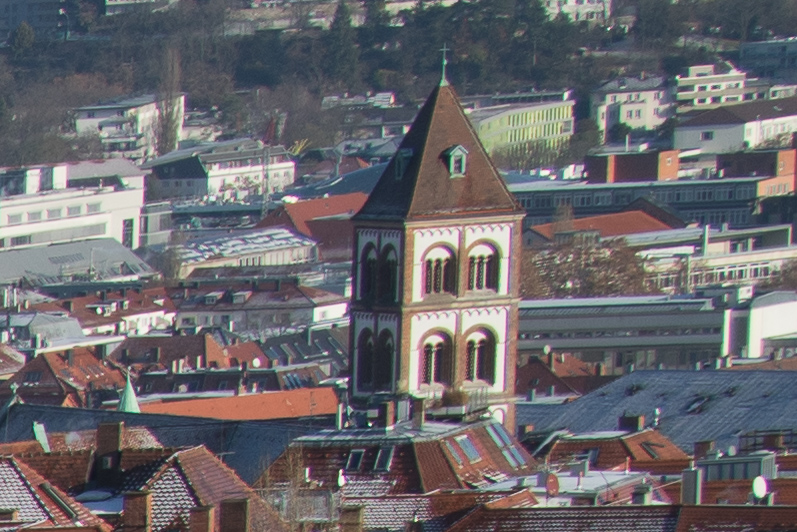
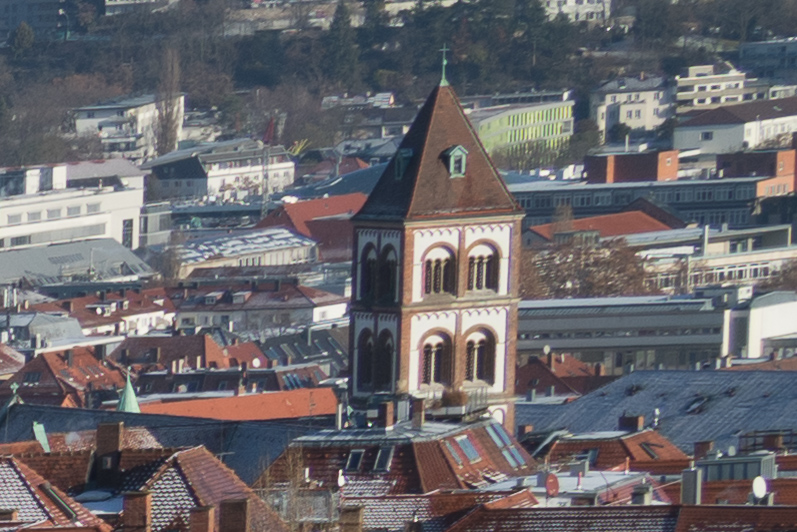
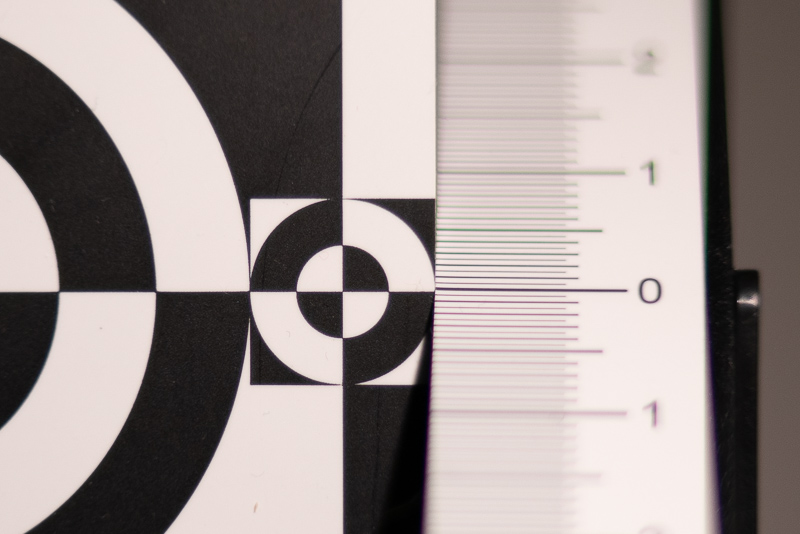
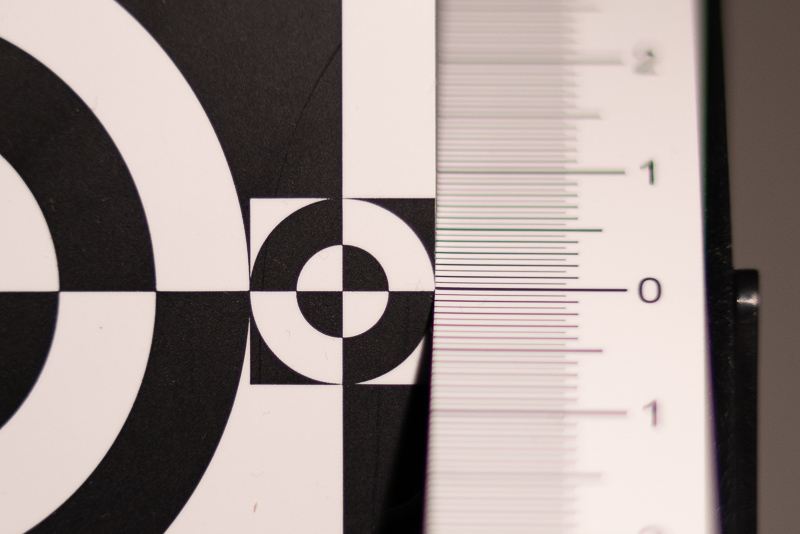
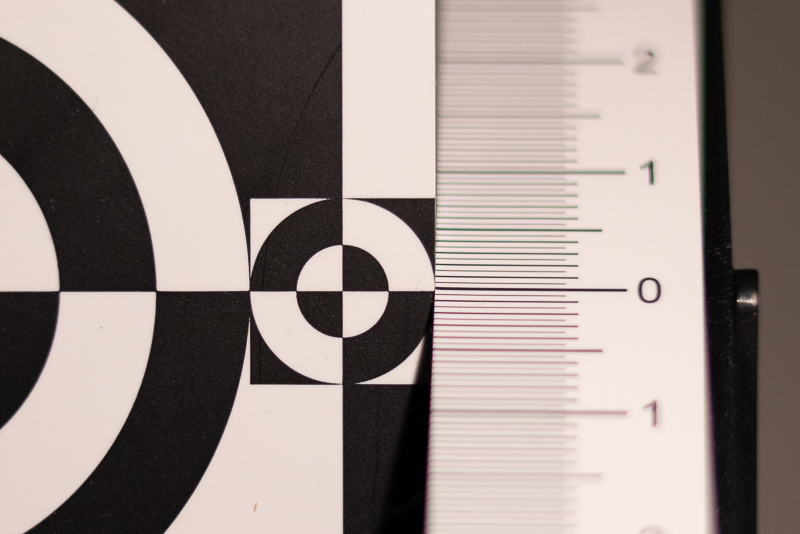
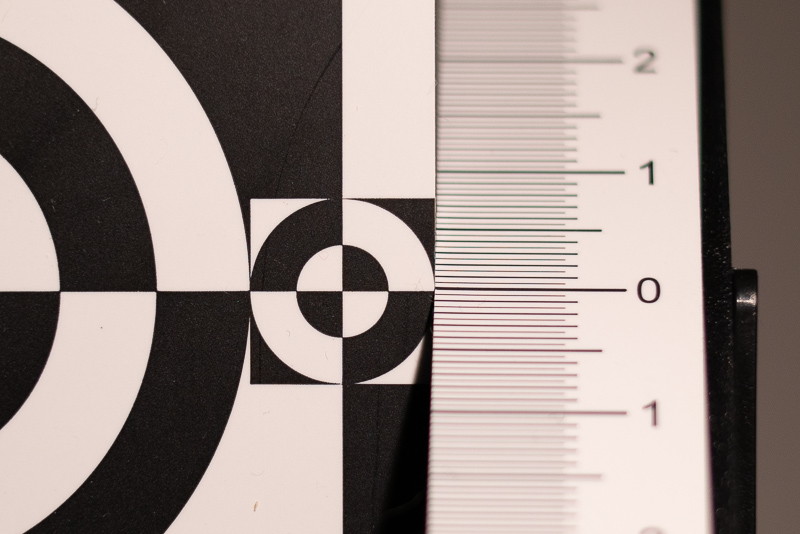
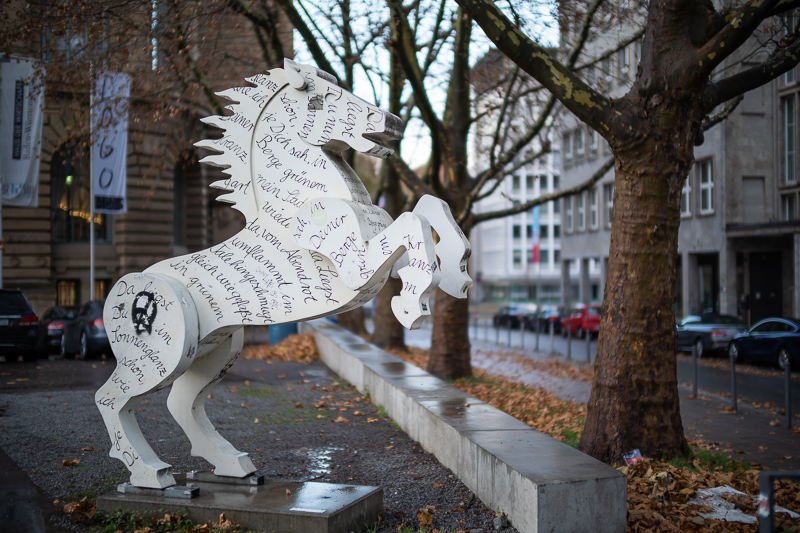
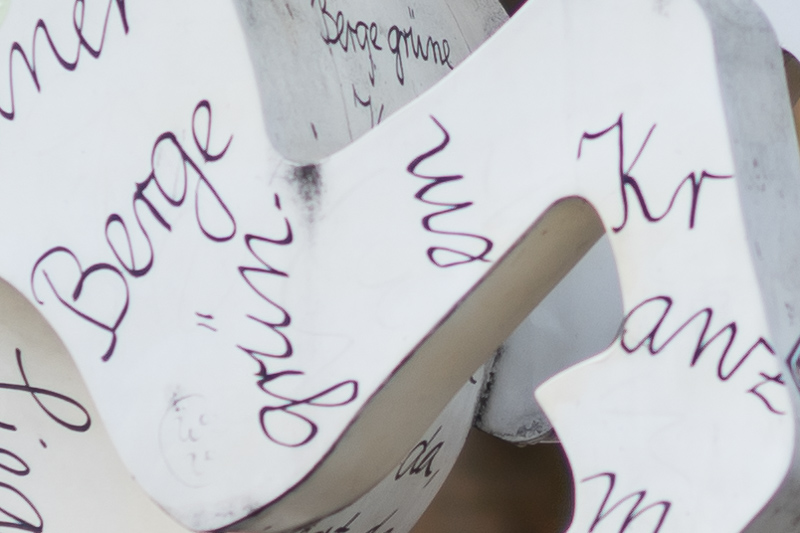

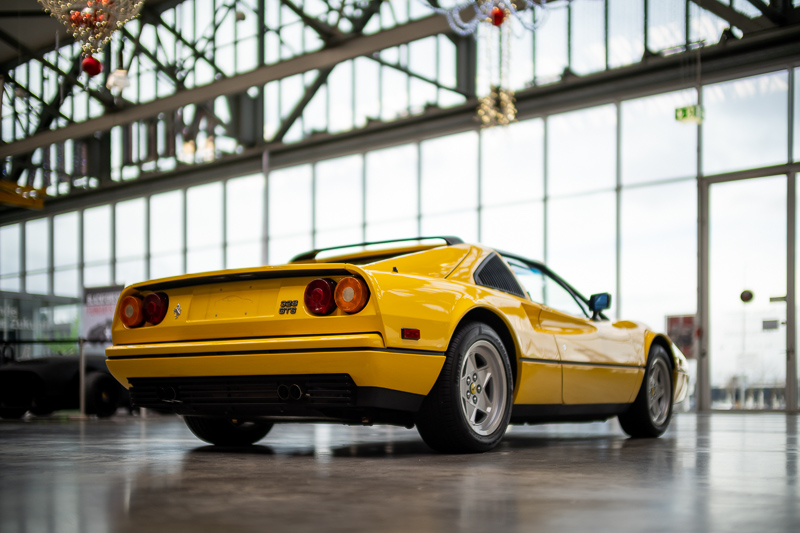
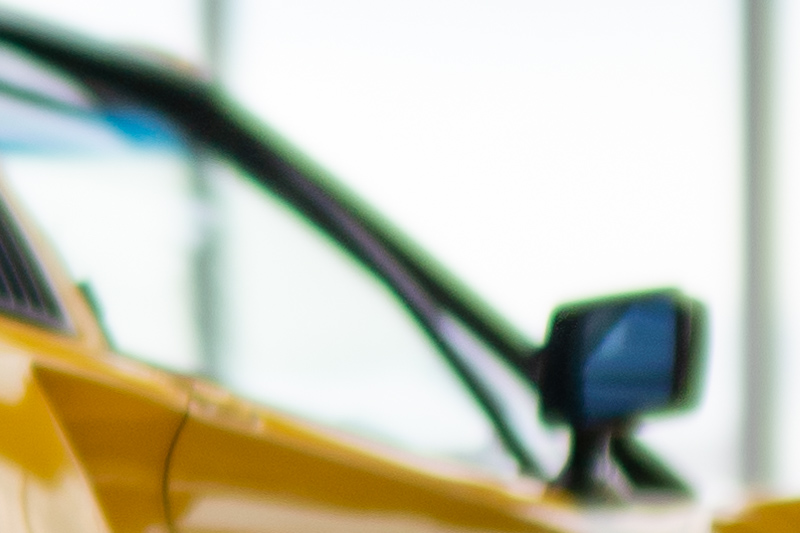
Hi Bastian,
Thanks for the thorough review of both Laowa 35 and 45mm f0.95 lenses: very informative and beautiful sample shots. Which leads me to ask one question: how do you manage to take beautiful, in-focus shots when using such big aperture lenses? It would be great if you shared your focusing techniques as your shots often look very spontaneous, which does not give much time for precise focusing.
Thanks!
Hi Patrick,
there isn’t that much to it, really.
I press the magnify button, move around the box where I want the face/eye, then press the magnify button again to precisely focus in magnified view.
“Initial Focus Mag.” is set to “x1.0”, as this makes moving the box around faster.
Hi Bastian, thanks for the comprehensive review.
What about setting the initial mag to highest and when pressing the magnify button, and camera will already magnify the part where focus point was in normal image, eg, an eye. Is there an advantage that you see in the way you do it?
As an aside, I don’t like when i have to first tap the shutter button so the magnified image becomes norma and then click the actual picture. Always feels like i would lose the focus. Is there a workaround?
Sorry about being off topic 🙂
Reg. first question:
The box moves slower when magnify is set higher, I don’t like it one bit.
Reg. second question:
Don’t really know what you mean, when in magnified view half pressing the shutter
button will leave the magnified view, full press will just take a picture.
You can do both in one go.
PS: I am using A7rII and A7III, maybe Sony changed something for the later models, I don’t know about that.
Sorry some communication gap 🙂
In normal view (without magnifying) i place my focus point on an eye and press the magnify button (set at maximum). This way there is no need to move the box/focus point.
Bastian i hope i am clearer now, but never mind, this article is about something else i realise 🙂
Thank you for another informative, well presented review Bastian. You did such a great job this year, and the lens market offered some really unusual lenses (like this flood of relatively affordable f/0.95). As always, much appreciated work. Happy New year in advance, all the best!
Thank you very much, trying to keep up the good work 🙏
All right, if Laowa is on an f0.95 crusade, I politily ask our Laowa overlords to consider 55/0.95 or 58/0.95.
I’ve always preferred slightly longer fifties for “street portrait” genre.
I would like that, too…
YES! I find I need the same thing often.
Yeah! I could also see one the the Artisans or Voigtlander/Cosina doing that too.
Thank you Bastian for taking so much time to write such detailed and balanced reviews for this blog besides your job – much apriciated!
If there is a chance for a wish: I would like to see a new article about the kits, each of the members of the blog team are using in the begining of 2022.
There already is something like that, but maybe an update wouldn’t be a bad idea 🙂
Yes, please!
Yes, that would be interesting. I enjoy following the evolution of your kits as the recently-latest and greatest are supplanted by various other lenses for your particular reasons.
Thank you again for an excellent review. I’m particularly grateful for your bokeh article and ongoing bokeh reviews. They are very much appreciated (and just gave me the excuse to buy a used 85mm 1.4 GM!)
Glad I could help 🙂
Cool lens. Thanks for the review! Though, I feel more drawn to the 35mm and I imagine that is probably the case for you too
Correct 🙂
beautiful site! when will the 50 gm review arrive? Thanks again
Thank you for another excellent review. Now at the end of it something struck me. I was surfing around my usual camerasites reading on news and saw that the 45 was out, not clicking on the link on that page I instead went directly here hoping to read your review! And I’m not even thinking about buying that lens just like to read your blog. Thank you! And happy new year
Ditto. I knew Bastian will have a review ready, and i was right 🙂
When the manufacturers send me the lens early enough I will do my best that you guys get a review on release day 🙂
Unfortunately doesn’t work with all the manufactuers, wish it did with Cosina, but it really really doesn’t.
Some manufactuers also send me pre production stuff now so I can check for obvious flaws before mass production, also wish more companies would do that so we could all enjoy better products.
What’s the difference in amount of blur you get between 35 and this? For the same framing?
Regards,
Vibrant colors! Very nice photographs!
Do you think that applying a radial filter decreasing texture in lightroom might reduce some of the negative impact that field curvature has on edge bokeh? I found it helpful on busier (foliage) backgrounds when employing 70mm f2.8 zooms that exhibited “nervous” edges.
45mm is my absolute favorite focal length – any input on the rendering of this lens versus the syoptic 50mm 1.1? The difference in price is somewhat huge still, which is a rather big point in favor of the Mr. Ding optic for me.
I don’t think it really helps, no.
This also often looks artificial to me.
Thanks, Bastian for your work here. I keep coming back to this one. I have the 35mm, but I’m constantly tempted by the 28mm and the 45mm. Thinking about the 45mm again in the context of your comparison of fast 50mm lenses…
With this lens I think it really depends on what distances you want to use it at.
Short to mid distances: yay.
Long distances: nay.
Just picked the 45mm up with the 9mm for their Christmas sale.
I did a preliminary test, and there appears to be a substantial difference in corner bokeh on my NKIR modded camera compared to stock. When I get a chance, I’ll post some comparisons on FM.
With the 28mm 1.2 there was only a tiny difference in bokeh but a big one in sharpness, so I am not using that lens on my UT R2.
The 35mm 0.95 works pretty similarly on both.
45mm 0.95 I didn’t test on the UT camera as I did not have it at that time, so looking forward to your results!
I’m curious, would the optical vignetting (and long-distance bokeh) be better on the RF and Z mount versions of the lens due to having a bigger mount diameter?
No, only if those lenses had bigger elements which they don’t have.
> What I would want to use such a fast 45mm lens for most of the time would be full body portrait shots or maybe car photography and at these distances the Laowa 45mm 0.95 doesn’t exactly excel due to the high amount of optical vignetting coupled with a bit of field curvature. This article contains many sample images showing this, so make sure this is the kind of rendering you like before pulling the trigger.
My use would be full body portraits in portrait orientation with at least 10% of the height of the (portrait oriented) frame height between the frame edge and the subject’s feet or head. Think August Sander style portrait. https://i.postimg.cc/gjQVmVJ0/Untitled.jpg
If I adjust focus without recomposing (by using Focus Magnifier with the focus point set the the face), will it not be possible to have proper focus on the face due to field curvature? Or are you just saying that the rest of the body will be out of focus despite being on the same plane?
The problem is not having focus on a point off center, but the bokeh not looking nice because of the backwards bending field curvature, as shown in many of the sample images.
Maybe this article could also be of help to you.
Thanks for the link to the excellent explanation!
What would be the best alternative for my use case? I want the really large aperture for that shallow DOF while being rather close to the subject (85 mm or 65 mm is too far away). The close distance with very shallow DOF gives a rather large format like look.
Is the Laowa 35 mm f/0.95 as bad in terms of FC? I think https://postimg.cc/ygsNGcgh (from https://www.youtube.com/watch?v=wTv6q0wbp2g) look reasonably promising, but there are barely any full body samples for these 0.95 lenses. Strange, because that’s the USP for me.
Yes, my recommendation would be the Laowa 35mm 0.95.
It does not share the field curvature issues of the 45mm.
I think my review of the 35mm 0.95 has lots of full body portrait pictures.
Thanks again. Or perhaps even the Sigma 35mm 1.2… AF is always welcome and the optical qualities of the Sigma seems to be out of this world.
But you had some nice comparisons between the two at https://phillipreeve.net/blog/review-laowa-35mm-0-95-the-worlds-fastest-35mm-lens/#Compared_to_Sigma_35mm_12_Art_DG_DN and I’d say there’s a pretty notable difference in DOF at 0.95 vs 1.2… Decisions!